The Real Life Social Network v2
- 1. THE REAL LIFE SOCIAL NETWORK Hi everyone, thanks for coming.
- 2. @padday So my name is Paul Adams and I work in the UX team at Google. Iʼm the user research lead for social, and work on things like Buzz and YouTube. I spend a lot of my time doing research with people on how they use social media. I sit down with people, and have them map out their social network for me, and we look at how they use tools like email, Facebook, Twitter, their phone, and so on. One of the things we talk about is the differences between their social network online, and their social network offline. Today, Iʼm going to talk about some of the things weʼve learned over the past few years, what it means for the future of the web, and some tips for design. Before I get down into some detail about social networks, I want to start by telling you a story from our research.
- 3. Debbie I want to start by telling you a story about Debbie, a girl we did research with. Debbie has lots of different groups in her life.
- 4. Her friends from when she lived in LA
- 5. her friends from San Diego, where she lives now.
- 6. Her family
- 7. And Debbie is big into swimming, she trains ten year old kids competitive swimming, and has groups around the kids and her fellow trainers.
- 8. In LA, some of her best friends work in a gay bar. They miss her being around, and she misses them,
- 9. http://www.flickr.com/photos/kevingoebel/4487661674/ so they share photos on Facebook of wild nights in the bar.
- 10. She loves these photos, and often comments on them.
- 11. Now, the 10 year old kids she teaches are also on Facebook, and they have “friended” Debbie.
- 12. When we were doing research with Debbie, we were asking her about her usage of Facebook and she was showing us the things she does.
- 13. Debbie commented on Brianʼs photo. In the middle of the session, she realized, for the first time, that the ten year old kids could see the photos from the gay bar. Not surprisingly, Debbie was very upset. She was upset at herself for not realizing, and at the system for letting it happen.
- 14. Facebook itself is not the problem here. The problem here is that these are different parts of Debbieʼs life that would never have been exposed to each other offline were linked online.
- 15. ONLINE OFFLINE The problem is that the social networks weʼre creating online donʼt match the social networks we already have offline. This creates many problems, and a few opportunities.
- 16. SOCIAL WEB CONNECTED RELATIONSHIPS INFLUENCE IDENTITY PRIVACY Iʼm going to talk about 6 things today. Iʼm going to start by talking about how the web is fundamentally changing. The real life social network. How people are connected to each other offline, and what that means for their behaviour online. Relationships. We all have very different relationships with the people in our life and designing for them is very different. Influence. How people influence each other, and how that is driven by the structure of our social network. Identity. Why identity is a cornerstone of the social web. And last not absolutely not least - Privacy. Why itʼs critical to give people control over their data.
- 17. THE SOCIAL WEB IS NOT GOING AWAY The social web is not a fad, and itʼs not going away. Itʼs not an add-on to the web as we know it today. Itʼs a fundamental change, a re-architecture, and in hindsight its evolution is obvious.
- 18. The web is undergoing a fundamental change Make no mistake about this. Everyone in this room will need to learn how to design social features on websites. Whether you like it or not.
- 19. 1 2 3 The web was originally built to link static documents together (left), but evolved to incorporate social media (center), and weʼre now seeing a web built around people, where their profiles and content are moving with them as they visit different websites (right).
- 20. The toolbar along the top of the New York Times site is an early example of where the web is headed. Sites we visit will have our identity and social network with us, showing us the activity on that site from people in our network.
- 22. So youʼre going to appear as your Facebook identity on this Government website. Your profile follows you, and your network of connections follows you.
- 23. Hereʼs another example from Yelp. My identity and friends from Facebook are here on Yelp.
- 25. When we use search engines today, itʼs a pretty solitary experience. We get millions of web pages in our results, yet we donʼt see any other people. But notice how often we send other people links to what we found, search in the company of others, and talk about our search results when we meet.
- 26. Tweet Review And now something is happening. Weʼre starting to see social interactions appear in search.
- 27. Buy this? No. People are increasingly using the web to get the information they need from each other, rather than from businesses.
- 28. ? People are increasingly likely to find out about products and brands from their friends rather than from your business. It means that it is much harder to control how people first come to experience your messages.
- 29. You should come to our restaurant, itʼs delicious! This restaurant is average, service was slow. This restaurant is average, service was slow. Paul has been here three times in the last two weeks.
- 30. You should come to our Business restaurant, itʼs delicious! This restaurant is average, Stranger service was slow. This restaurant is average, Friend service was slow. Paul has been here three times Friend in the last two weeks. of friend This isnʼt just true for restaurants. Itʼs true for every business. Yelp might have chosen to integrate with Facebook, and you may choose not to, but when integration is controlled in the browser, this is out of your control.
- 31. We're also seeing a much bigger shift in how people spend their time online. People are spending much more time interacting with other people, and much less time consuming content from websites. This shift is not about any one particular social network. It's about people connecting to each other online.
- 32. So this shift is much greater than any one social network, and much more complicated than deciding where the 'share this' buttons go. Almost all the sites and apps we design from now on will have embedded social features.
- 33. Itʼs already happening. In the future weʼll know things like who out of our friends has bought this bag, who has bought this brand, who bought competitor brands, what do people think of this brand and weʼll have ways to communicate with them to find out more. Understanding sociability will become a core requirement for designing online. Almost all of us will need to become skilled in social web design.
- 34. Controlled Open The social web, and all social media that operate within it, is a way of thinking as opposed to a new channel. Itʼs not about sales, or ads, or click-through rates. Itʼs about pursuing relationships and fostering communities of consumers. Itʼs about rethinking how you make plans when your customers are in the center and in control.
- 35. Understand behavior, not technology
- 36. When thinking about how the web is changing, many people focus on the technology. How many people have heard of Foursquare? People are using technologies every day that didnʼt exist a few years ago. The rapid pace of change means that businesses focus on what technology or application is coming next. But the people using it donʼt care about the technology; they care about the communication that the technology enables.
- 37. New technology doesnʼt change how our brains work. Social networks are not new. For thousands of years, people have formed into groups, built strong and weak relationships with others, formed allegiances, and spread rumor and gossip. The emergence of the social web is simply our online world catching up with our offline world. As technology changes the tools we use to communicate, we still use the same behavior patterns that we evolved over those thousands of years.
- 38. No explicit goals Focus on motivation There are two problems with focusing on technology.
- 39. 174,340 fans Now what? The first is that people often don't know what they are going to do with the things they build. There are so many Facebook fan pages with hundreds of thousands of followers yet nothing is happening. So 100,000 people became a fan of yours on Facebook. Now what? This is the fan page for the magazine seventeen. There are 174,000 fans but no conversation. You need to look at things like Facebook fan pages and think: “How is this going to fundamentally improve my relationship with my customers?”
- 40. What are you doing? I’m social networking! The second problem is more subtle, and it's complicated and messy so people tend to ignore it. When have you ever heard this? People donʼt say things like this when they are on social networks.
- 41. What are you doing? end! I’m checking out th e photos from last week I’m social networking! They say things like “Iʼm checking out what Dave did last night, or Iʼm checking out the photos from last weekend, or Iʼm checking out what my friends in London have been up to.” The problems weʼre dealing with are social science problems, not technology problems. The technology may be changing fast but the underlying human motivations are changing very slowly, and in many places not at all. We need to first understand what is motivating people to use these services. Not jump on the latest social networking bandwagon.
- 42. Social networking is a means to an end. You need to understand what the end is. Focus on what motivates people to use new technology. Technologies will come and go, but the fundamental social behavior patterns of people will remain the same. A better long term strategy for business is to understand peopleʼs motivations for using new technologies, and not the technologies themselves.
- 43. Understanding sociability is complex Understanding the end is not simple. In fact, it's very complex. I'm going to try and map out some key behaviors that matter. If you come away from this talk thinking that designing for the social web is complicated, that's a good thing. It is! We don't have to understand it all today, we just need to start with a solid foundation from which to build.
- 44. HOW PEOPLE ARE CONNECTED
- 45. Social networks are not new. The most important thing to know about social networks is that they are not new.
- 46. OMG! http://lucasgalo.files.wordpress.com/2009/01/h-and-g-lg.jpg They have existed for almost as long as we have. As we saw with Debbie, our online social networks are simply a crude representation of our offline social networks. We have a long way to go before getting anywhere close to the complexity of real life. As designers, this is a great opportunity. Let's start by looking at how we represent our relationships online.
- 47. People donʼt have one group of friends. Friends. When we sign up, most social networks ask us to create our "friends" group.
- 48. No such group exists offline
- 49. Making people create one big friends group has many of the same problems as planning seating arrangements at your wedding. This is my seating arrangement at my wedding. Suddenly all these people from different parts of your life will be in the same room together. Anyone who is married and went through this will remember how stressful it is.
- 50. Yet that's what is happening online!
- 51. Everyone being shoved into this big bucket. People donʼt have one group of friends.
- 52. People have multiple independent groups of friends. Offline people have multiple groups of friends that form around life stages and shared experiences.
- 53. So with Debbie, we already saw what this looks like.
- 54. Friends from college
- 55. friends from when I lived in New York
- 56. friends that I surf with
- 57. And the most common group is family.
- 58. Shared experience Lifestage Hobby
- 59. Over the past three years, we've done an exercise with many of the people we bring in for research. We ask them to map out their social network, to put people on post-it notes and arrange them in whatever way makes sense.
- 60. How re al world l networ ks work socia Weʼve learned a lot about how real world social networks work
- 61. US, UK, China, Japan. The similarity we see is remarkable.
- 62. 3 4 2 5 1 6 People tend to have between 4 and 6 groups,
- 63. 4 3 2 3 1 3 2 1 1 2 1 2 1 4 3 3 2 1 5 6 4 2 3 7 4 9 5 8 6 7 8 each of which tends to have between 2 and 10 people.
- 64. So 4-6 groups of less than 10 people that form around life stages. One interesting thing about these groups is that they are very independent. When people map out their social network, we often hear stories about how they tried to mix the groups,
- 65. http://www.flickr.com/photos/sp00/3536211311/ For example, it was their birthday, they had a party
- 66. College Friends http://www.flickr.com/photos/sp00/3536211311/ Their college friends came
- 67. New York friend http://www.flickr.com/photos/sp00/3536211311/ And their New York friends came. Heʼs looking a bit awkward back there. These stories never end well!
- 68. Despite trying to mix them, peopleʼs groups remain independent.
- 69. One friends group means mixed up conversations.
- 70. I’m going out clubbing tonight! Yeeaaah!!!! :-) In research, we often ask people about the updates they post. We probe them about their motivation for posting them, and whether they are aimed at anyone in particular.
- 71. It turns out that often, people have an intended audience, and it's usually a small subset of their contacts.
- 72. Who likes status updates about what other people had for lunch?
- 74. I posted about my meal while on vacation in New York. My intention was to share with the people who I had spoken with about the meal...but it is hard to share it with specific people on Facebook. I'm sure we've all been in a situation where we're looking at something someone posts on Facebook and are wondering why they would post something so odd. But it probably wasn't for you. So next time you see this, consider that it may be directed at other people.
- 75. The word Friends is unhelpful Not only do we not have one group of friends, but the word "friends" itself, is actually pretty unhelpful.
- 76. Friends George Bush and Tony Blair are friends. But that's not the same as my friend who I know since I was five who now babysits my children.
- 77. In our research, people named the groups of friends
- 78. 342 groups we've looked at 342 groups,
- 79. 12% “... friends” Only 43 - 12% - contained the term "friends".
- 80. 3% “Friends” Only 3% were called "friends".
- 81. 85% of the groups of friends did not contain the word “friends” That leaves 85% of groups without this term. So clearly this is not how people describe the groups in their life.
- 82. 61% of the group names were unique. People's groups are very diverse. 61% of the group names were unique. Clearly, “friends” is not how people describe their friends.
- 83. Not new X Mixed conversations
- 84. How are people connected around your business? Avoid the use of the word friend for connecting people. Understand how people describe their relationships for the behavior you’re trying to encourage. Allow people to create custom names for groups, and allow people to rename the group if it changes over time. Support side conversations. Allow people to fork conversation threads with a smaller number of people.
- 85. HOW PEOPLE RELATE TO EACH OTHER
- 86. People have different types of relationships We have different relationships with different people and are closer to some people than others. Each relationship between two people is unique.
- 87. Although our groups of friends are small, usually containing less than 10 people, not all members of the group are equal.
- 88. We are closer to some than others.
- 89. We trust some people in a group on one set of topics, and others on a different set. We trust on of our friends more on good places to eat, another on good places to go on vacation. Think of some of the people in your life. Maybe some close friends. Think of some people you've known a long time.
- 90. This might all sound obvious, but it has profound effects on our social behavior, online and offline. And we often donʼt consider these effects when we're designing. All our “friends” are treated equally on social networks, and all our contacts appear alphabetically and equal in our mobile phones.
- 91. Designing for different types of relationships Let's think a bit more about different types of relationships.
- 92. Here's an example. Think about Instant Messaging. People's chat roster contains people they are close to, and people they are not so close to. They are all there, one big group. IM lists are not designing to support different types of relationships.
- 93. Wife Not sure Friend This is my wife, this is a friend of a friend, and this is someone Iʼm not sure I know. So people have this list, and they are worried that someone they don't want to talk to might see that they are online and say hello.
- 94. So they turn themselves invisible. Everyone in their list sees them as offline. This is broken. This is a broken user experience. It's broken because the people they care about, people that they would welcome a chat with, also see that they are 'offline'.
- 95. I think really carefully before posting my status. This problem isnʼt just limited to IM, we see it on social networks too, people self-censor all the time.
- 96. A good framework exists around designing for relationships
- 97. We actually have a framework for thinking about, and designing for, our different relationships. For decades, people have spoken about strong and weak ties. There is an abundance of research on strong and weak ties.
- 98. Strong ties are the people you care about most.
- 99. Strong ties are the people you care about most. Your best friends. Your family. People often refer to strong ties as their “circle of trust.” We rely on strong ties for emotional support throughout life. Research has shown that maintaining our strong ties is important for our well- being. People with strong friendship bonds have lower incidents of heart disease, and get fewer colds and cases of the flu.
- 100. How many strong ties does the average American have?
- 101. A study of 3000 randomly chosen Americans showed that the average American has just four strong ties. Most had between two and six.
- 102. How many people do Americans have that they speak to or meet at least weekly?
- 103. Another study of 1,178 adults found that on average, people had about 10 friends they meet or speak with at least weekly.
- 104. On Facebook, how many people do users interact with regularly?
- 105. Average of 130 Facebook friends Only interact regularly with 4 to 6 Many research studies have shown that the vast majority of usage on social networks is with small numbers of strong ties. The average number of friends on Facebook is 130, and many users have many more. Yet despite having hundreds of friends, most people on Facebook only interact regularly with 4 to 6 people.
- 106. In another study, researchers analyzed all the photographs posted on Facebook pages in one college. When they looked at how many friends people had (based on who was in their photos), the average was 6.6
- 107. 80% Strong ties also dominate phone usage. 80% of phone calls are made to the same 4 people.
- 108. 80% 80% of Skype calls are made to the same 2 people.
- 109. A study in the 1970s showed that the majority of phone calls were to people who live within five miles of the caller's home.
- 110. http://www.flickr.com/photos/molemaster/3491059121/ And studies in online gaming show that gamers are most often playing with strong ties who they already know.
- 111. Buy this OK Strong ties often wield the most influence over peopleʼs decisions. For example, they are often the biggest factor in purchase decisions. Think about the last time you consulted a friend on whether to buy something. Chances are, it was quite recently.
- 112. Design for So much of our lives revolve around our strong ties, and we need to think about designing for them as distinct from other types of relationships.
- 113. Let's look at weak ties. Weak ties are people you know, but don't care much about. Your friends' friends. Some people you met recently. Typically, we communicate with weak ties infrequently.
- 114. Our brains can only keep up with a limited number of weak tie relationships. Our brains can only handle a limited number of weak tie relationships
- 115. 150 Most of us can only stay up-to-date with up to 150 weak ties. This is a limitation of our brain. This number has been consistent throughout history.
- 116. http://lucasgalo.files.wordpress.com/2009/01/h-and-g-lg.jpg Neolithic farming villages tended to separate into two once they reached 150 inhabitants.
- 117. The Roman army was split into groups of 150 so that everyone in the group knew each other.
- 118. It is still true today, online as well as offline. There is evidence that when online games involving social interaction reach about 150 active users, group cohesion collapses, resulting in dissatisfaction and defection.
- 119. Similarly, Wikipedia involvement tends to plateau at about 150 active administrators.
- 120. 150 So we can only stay up-to-date with up to 150 weak ties.
- 121. We may know many more, but we canʼt stay up-to-date with what is happening in their life. Think about your connections on your social network. For how many of them could you describe something that happened in their life in the last few days? What about the last week? The last month? How many would you join, uninvited, at a chance meeting in a bar? Itʼs unlikely to be more than 150. Social networks donʼt necessarily create more connections, they just make our existing connections more visible.
- 122. Online social networks make it easier to reconnect and catch up with weak ties
- 123. Social networks have changed some aspects of our weak tie relationships. We now have an easy route to connect to them that didn't previously exist. In the past we would have to meet or phone them to catch up
- 124. but we can now look at what theyʼve been up to via their online social network profile. This lets us easily communicate with them - it gives us a lightweight route to get back in touch. This is a powerful route when we're sourcing new information.
- 125. But strong and weak ties are not enough when we think of relationships online. We need a new category of tie, and I call it the temporary tie. Temporary ties are people that you have no recognized relationship with, but that you temporarily interact with.
- 126. Temporary ties are becoming more commonplace online
- 127. http://www.flickr.com/photos/jamesjin/58723031/ A store assistant,
- 128. http://www.flickr.com/photos/truckpr/3788915432/sizes/l/ a call center employee,
- 129. the person who wrote the online hotel review,
- 130. the person who answered your forum question,
- 131. the person who commented on your YouTube video,
- 132. the person who you bought from on eBay.
- 133. Once the task has been completed, temporary ties are unlikely to interact again. You don't know these people beyond the one conversation you had, or the words they typed and whatever online profile they have. Your interaction with them is temporary. With the rise of user generated content online, temporary ties are becoming more important.
- 134. Trust As designers, the biggest thing we need to think about when designing for temporary tie interactions is trust.
- 135. How can we design in things that help people understand whether they should trust each other? Here is a nice example from evogear.com. I can start to trust this review because I know that the person actually bought the skis he's reviewing.
- 137. Different relationships So let's go back to our diagram. We have different groups. They are independent. But now, we can also see that we have different types of relationships. This is the eco-system around which we need to design. But you'll probably never need to design for them all at once. It's more likely that you'll be designing for one type of tie.
- 138. What type of tie are you designing for? Knowing which tie you're designing for can really help you prioritize features. Consider how to design for different types of relationships. Something designed for close friends to interact will look a lot different than something designed for friends of friends to interact, which will look different than something for strangers to interact. Don’t try to design something for all types of relationships. You’ll simply end up with a compromised solution for everyone. Understand which types of relationship ties are most important for what you’re creating, and design primarily for them.
- 139. HOW PEOPLE COMMUNICATE WITH EACH OTHER
- 140. "+ $*& $%! "+ "+ *& ! $*& #$% !" &$ + ' # ( $%!$* &" )" $'# ( $& #$ ! # $%! % $! !" "# &$ '# ( $% !$ &$ '#( People have different audiences for communication. They may need to communicate with one person, a few people, or many people. There are also times when a few people need to communicate with each other, or when a few people need to communicate with many people.
- 141. The other person and their relationship The content being communicated The urgency of reply required The level of privacy required Businesses need to consider all these factors when choosing the best communication features for their consumers (for example, whether they should build a forum or support instant messaging for customer service).
- 142. 23,&"3#$,%'(%#'//@3*#"&*'3% ?@/A$6%'(%B"C,%D$6%C$"6 'I$6%"%98%B"C%D$6*'B !"#$%&'%("#$ 89: !"#$%&'%("#$ GG8 )'*#$%#"++, 9;< )'*#$%#"++, 9;< -$.&%/$,,"0$, 98< -$.&%/$,,"0$, 8;< 1/"*+ =8 1/"*+ 8H; 23,&"3&%/$,,"0*30 << 4'#*"+%3$&5'67%,*&$, 8:H 4'#*"+%3$&5'67%,*&$, >; 23,&"3&%/$,,"0*30 GH EF"33$+%@,$B%&'%#'//@3*#"&$%5*&F%,&6'30%&*$, EF"33$+%@,$B%AC%9HJ>:%C$"6%'+B, Voice calls and text messages dominate social network usersʼ communication habits. On average, social network users use phone calls and text messages more frequently than social networks to communicate. This is true for teens as well as adults. Teenagersʼ most frequent channel for communication with friends is text messaging, closely followed by voice calls and talking face to face.
- 143. 7 to 15 people People interact with very few of the connections in their network. Because attention is a scarce resource online, people interact with the people closest to them, and the people who reciprocate their attention. The majority of communication instances happen with a small number of strong ties. Although weak ties are much bigger in number, communication with them is very infrequent. Research shows that on average, people have ongoing communication with between seven and 15 people, but most communication is concentrated around a personʼs five strongest ties.
- 144. Many people use email for very private exchanges. For example, sharing photos or sensitive articles that they would prefer not to post on a social network. Some young adults use email to communicate with their strongest ties because their social network is overloaded with information from lots of different people, and their message might not be noticed.
- 145. Just home from work OMG what a day! Status updates are often perceived as a narcissistic activity. But research has indicated that they support important social functions. People have four primary reasons for updating their status: - People update their status to shape how others perceive them. - People update their status to maintain and grow relationships. - People update their status to share content that others might find valuable. - People update their status to source information.
- 146. Which communication channel does your audience need? People’s online communication channels need to support the right types of interaction and audience. Ensure you know what your users need. A feature that is designed to support one- to-one communication will look different than one designed to support one-to-many communication. Different channels have different attributes that make them more or less appropriate for communication with different audiences. Understanding these attributes, and when and why people use different channels, can help companies give people the right communication options at the right times.
- 147. HOW PEOPLE INFLUENCE EACH OTHER Understanding how people influence each other is not simple.
- 148. We rarely make decisions alone. In the 1960s, Tupperware built a million dollar business on the fact that we rarely make decisions alone. Before Tupperware, many products were sold by the door to door salesman. Tupperware changed this. They sold to people in groups. If your friend and neighbor is buying Tupperware, it must be good.
- 149. We often look to others when making decisions
- 150. People try to behave rationally, they try to make objective decisions, but other factors mean that they can't. The problem is that we all have limited access to information, and limited memory. Because of this, we have learned to rely on others to help us make decisions. We assume that other people know things we don't. In fact, we do this so often, that we automatically look to the actions of others, even when the answer is obvious.
- 151. Increasing our reliance on social networks to make decisions
- 152. Information Memory The web is increasing the volume of information available to us, but our capacity for memory isn't changing. So it's likely that we'll increasingly turn to others to make decisions. There was once a time when we picked what restaurant to eat in by looking in the window. But now, we often can't decide without pulling out our phones and searching the web for reviews from people who have eaten there before.
- 153. My decisions are being made over here. If other people are heavily influencing our decisions, and in some cases making the decisions for us, how does this impact what we buy, what sites we visit, how we spend our time? If we want people to use our products, to use our website, it is important that we design in features that support our friends making decisions for us. We see it in some simple forms already, like here where you can email a friend for advice. But we can layer on
- 154. We see it in some simple forms already, like here where you can email a friend for advice
- 155. The role of influentials is over estimated How people influence each other is complex, and the role of "influentials" in society is over- estimated
- 156. Understanding how people influence each other is not simple. It's certainly not as simple as many people believe - that there are a small number of very influential people in society, and if you reach and influence them, they will influence hundreds, thousands and even millions of others. Many research studies have shown that other factors play a much bigger part in how people are influenced.
- 157. What does a hub look like?
- 158. What we think hubs look like
- 159. What they actually look like
- 160. Whether someone can be influenced is as important as the strength of the influencer.
- 161. Influential? Influenceable? There may be some individuals who have great influence, but it is without doubt that how people influence each other has many other factors. A key insight is that when we study how people influence each other, it's important to focus on the person being influenced as well as the person doing the influencing.
- 162. What their social network looks like What they have experienced before There are two primary factors in understanding whether someone can be influenced: - What their social network looks like - What they have experienced before Iʼm only going to focus on the top one today.
- 163. What their social network looks like includes: - How big the network is - Who is connected to who in the network - What messages flow through it and across it - How long the messages last in the network
- 164. Hereʼs a simple example. Letʼs imagine an “influencer” was telling me to buy Adidas. But two of my other friends are telling me to buy Puma. The more people that give us an opinion, the less influenced we are by any one of those opinions. So you may think you're targeting the most influential person in a group or community, but if multiple other people in that group or community think your product is bad, your efforts in reaching the "influentials" are wasted.
- 165. What if everyone else is telling me how great Puma are? How influential is the Adidas message going to be? Was it a good idea to seed the highly connected person? Or would it have been better to seed widely and broadly across the network?
- 166. Weʼre heavily influenced by the people around us
- 167. http://www.flickr.com/photos/joanna8555/4041537710/ Studies into buying behavior and decision making have consistently found that we are disproportionally influenced by the opinions and actions of the people around us. These can be the people around us in a physical space. Studies have shown that students with studious roommates become more studious themselves, and diners sitting next to heavy eaters tend to eat more.
- 168. However, it is more common for us to be influenced by the people we are closest to emotionally - our family, our best friends, and sometimes some of our co-workers.
- 169. Voting studies from the 1940s showed that when it came to deciding who to vote for, people were less influenced by the media, and much more heavily influenced by members of their family and close friends. This is also true with buying behavior today. This study might be 60-70 years old, but remember that these behaviors are hard wired into all of us.
- 170. Buy clothes Ask friends Buy car Ask friends Choose bank Ask friends Choose job Ask friends Donate money Ask friends Vote Ask friends This is how influence happens. We need to design things to support these interactions.
- 171. Our temporary ties influence us too. On the left, the New York Times shows the stories other people have been emailing, blogging, and searching. This influences what we might consider important to read next. On the right, Kayak.com shows the prices that other people paid for the same flight route over the past 90 days. This affects whether we consider the price we are being offered as cheap or expensive, and influences our decision to purchase. Researcher Duncan Watts found that when choosing new music, knowing what music other people listened to was far more influential than whether the music was of high quality. He found that the music people downloaded was the music that other people had downloaded before them.
- 172. A study about Amazon.com found that people tend to give items the same rating as people before them have given. A high average rating means that people are unlikely to give something a 1-star rating, even if that is what they had intended before they saw other peopleʼs ratings.
- 173. How are you showing other peopleʼs opinions? Consider how to display multiple opinions, and how different versions might change people’s behavior. Showing many opinions may result in few of them being influential. Show how people are connected, up to three degrees. When showing other people, consider how the information shown may change the viewer’s behavior. This also applies to showing people’s previous actions.
- 174. HOW PEOPLE DISPLAY THEMSELVES TO OTHERS One huge part of the social web is how people represent themselves to others. How they represent their identity.
- 176. Crutches High heels
- 177. People care deeply about how they look to others
- 178. Online is happening through profiles. Profiles are really important. They allow me to see that the person I'm looking at is the person that I know offline. They allow me to figure out whether I should trust someone when reading their review.
- 179. I think really carefully before posting my status. One thing we see a lot in research is that people think carefully about what status updates they post. They think about how it will reflect on them. Sometimes they share things because they are proud, sometimes because they think something is cool. And people often self-censor. They often decide not to post, because of what they may look like to others. People care deeply about how they look to others. They care when they dress themselves in the morning, and they care when they interact with other people during the day.
- 180. People have multiple facets of identity The most important thing to recognize about identity, is that people don't have one identity. There is not one profile that fits for all the people in their life. People appear differently to different audiences. They act one way with their family, they act another way in work, and they act another way with their best friends.
- 181. Again, the one big bucket of friends becomes problematic. This is because people only have one profile. Online, it is hard to set things up so that one group to see you one way, and another group to see you a different way. This has to, and will, change. Let me show you two examples.
- 182. We already saw this with Debbie.
- 183. http://www.flickr.com/photos/fuddland/356325106/ Think about a teacher. She needs to appear one way to her students, another way to their parents, and another way to her friends.
- 184. Can we be Facebook friends? http://www.flickr.com/photos/fuddland/356325106/ What does she do when her students ask her why she won't friend them on Facebook? This may seem funny, but itʼs very real.
- 185. Also true with family
- 186. Sometimes people need to be anonymous Half of the top 1000 reviewers on Amazon donʼt use their real name.
- 187. Ratings that are linked to peopleʼs real names are 20% higher than those that arenʼt. People are worried about reciprocation: will that person now go and give me a bad review? They are also worried about repercussions: will the restaurant owner give me a hard time if I return?
- 188. Managing identity has high overhead Managing our identity offline is relatively easy as the different groups in our life rarely overlap in time and space. We see our families at home and act one way; we go to work and act another way; and we meet our college friends in a bar an act a third way. Managing identity online is much harder, as groups can easily overlap. People have workarounds to manage this, including multiple email accounts, multiple Facebook accounts, and by using certain tools with specific audiences
- 189. After 24 hours: 18% After one week: 12% One research study found that only 18% of users updated their profile after 24 hours of creating it, and only 12% updated after one week. Without live content that updates regularly, profiles quickly become outdated representations.
- 190. One identity Wears high heels and crutches Another identity
- 191. How are you allowing people to represent themselves? Allow people to personalize how they appear to others as this helps build their personal identity. Consider how the actions of someone’s connections are displayed relative to their own profile. Give people control over removing the actions and content of other people from their profile. Allow people to control the audiences for different parts of their identity. Consider how you might make people comfortable posting negative as well as positive reviews. Remind people about what their profile looks like if they haven’t updated it in a while.
- 192. HOW PEOPLE MANAGE THEIR PERSONAL INFORMATION
- 193. Privacy is a process of boundary management. Itʼs about controlling how much other people know about you.
- 194. Public content is not the same as publicized content. People may be comfortable disclosing information in one public setting, but not in a different public setting. If you give someoneʼs information more exposure than they expect, you may be violating that personʼs sense of privacy. Iʼm going to show you some examples of what that means shortly.
- 195. People of all ages care deeply about their privacy
- 196. I email my friends the photos before I put them on Facebook. They decide which ones they want to be tagged in. Research on Facebook usage showed that only 8% of users had left their profile open to anyone searching on the Facebook network, and that 64% of users had adjusted their profile to “only friends.”
- 197. 44% take steps to limit the amount of personal information available about them online 71% change their privacy settings 47% delete unwanted comments on their profiles 41% remove their name from photos Young adults (ages 18–29) are more likely than older adults to say that they actively control their privacy online.
- 198. We think people care less about privacy because they misunderstand complicated privacy settings.
- 199. People underestimate the size of their audience Often this means publishing content that can be indexed by search engines, and surfaced in search results.
- 200. http://www.flickr.com/photos/tim166/293161965/ When we think about our behavior in public, it has always been bounded by where we are. Only people within a certain distance can see what we do. Now, this isn't strictly true as other people who were there can talk about my actions to others. And of course this happens a lot. People gossip. But we can generally control what others know about us.
- 201. Online things are different. We're missing all those social cues from the real world. So people are posting content publicly, and they have no idea. I looked up this stuff on Facebook, I've no idea who these people are.
- 202. So this guy is looking to get high.
- 203. But he probably didnʼt think about the possibility of future employers finding this.
- 204. It is our job, as designers, to make sure that people understand what is happening. This problem is about transparency. Our systems need to be absolutely transparent and it is critical that we design this in. People need to understand the consequences of their actions, and we, as designers, need to do our best to make these things clear.
- 205. People donʼt realize that their conversations are persistent
- 206. http://www.flickr.com/photos/mythoto/1234638761/ There is a second part to this problem. Letʼs imagine these girls were gossiping about this guy. When he comes over, they stop. Their conversation isnʼt persistent. But if this gossip happens on their Facebook walls, and it does, then it remains there for the guy to find at any point in time. Not only that, but it could be weeks old, or months, or even years.
- 207. What does it mean for you - as a 25 year old - when someone can Google you and see that you were a total bitch when you were 17 years old? The way that things are moving, youʼll soon be able to find any of this public content on search engines. All this content we're creating is sticking around, attached to our identities. We need to help figure out how to make good decisions about what they are posting.
- 208. Maintaining peopleʼs privacy should be your top priority
- 209. Privacy Trust Privacy and trust go hand in hand. If people trust you, they'll do business with you. And on the social web, people need to trust you with a lot of very personal, very sensitive data. How you manage their privacy will often determine how much they are willing to trust you. So this is important not just for maintaining people's sensitive information, but important for building long term repeat business.
- 210. Doubt If your privacy practices arenʼt transparent, then you introduce doubt. Doubt leads to lower usage.
- 211. RECAP
- 212. Not new Multiple X independent groups Design for multiple groups
- 213. Different relationships Strong ties influence what we buy Design for different relationships
- 214. One identity Cares deeply about privacy Another identity Design tools to support how people look to others
- 215. THANK YOU!
- 216. Talk with me @padday padday@gmail.com www.thinkoutsidein.com/blog Please get in touch! My book is out in August!
- 217. REFERENCES
- 218. The magic number 150. See the New York Post article “Buddy Brain Drain” where Robin Dunbar describes how different groups are made up of 150 people. Nicholas Christakis and James Fowler have also studied this in modern groups. See the Harvard magazine article “Networks, Neolithics to Now” for an overview. For a great overview (with data) of Dunbarʼs number and online games, see Christopher Allenʼs post “The Dunbar Number as a Limit to Group Sizes” on his blog Life With Alacrity. Strong and Weak ties Wikipedia provides a good overview of the research literature on strong and weak ties. Search for Interpersonal ties. The seminal paper is Mark Granovetterʼs “The Strength of Weak Ties.”
- 219. We have a small number of strong ties In their book Connected (Harper, 2010), Nicholas Christakis and James Fowler describe one study they conducted with 3,000 Americans. See also research conducted at the Center for the Digital Future at the University of Southern California (digitalcenter.org) in 2002 and 2007. Average number of friends on Facebook Various research shows that the average number of Facebook friends ranges from 120 to 180. For two examples, see the 2007 research paper “Rhythms of Social Interaction: Messaging Within an Online Social Network” by researchers at HP Labs, and the 2010 paper “Social Network Activity and Social Well-Being” by researchers at Carnegie-Mellon and Facebook. Various research shows that almost all friends on Facebook are people that users first met offline. For an overview, see the 2009 research paper “The Problem of Conflicting Social Spheres” by researchers at Manchester Business School. For interacting with small numbers of our friends on Facebook, see the 2009 research paper “User Interactions in Social Networks and Their Implications” by researchers at UC Santa Barbara.
- 220. Phone usage and strong ties Most of this data is from ethnographer Stefana Broadbent. See her presentation at the TED conference, viewable on YouTube. Broadbent has done much research into how people communicate with each other. You can follow her work at usagewatch.org. In particular, see the article “The small size of our communication network”. Usage of communication tools The Pew Research Center have much research into this topic. For example, see the 2010 report “Teens, Cell Phones and Texting”, the 2009 report “Social Isolation and New Technology”, the 2010 report “Social Media and Mobile Internet Use Among Teens and Young Adults”, and the 2009 report “Twitter and Status Updating”. Different types of friendships For a detailed look at empirical research on friendships, see the book Rethinking Friendships (Princeton, 2006) by Liz Spencer and Ray Pahl.
- 221. Influence For an introduction to cognitive biases, see: http://en.wikipedia.org/wiki/Cognitive_bias For a full list of social cognitive biases, see: http://en.wikipedia.org/wiki/List_of_cognitive_biases#Social_biases The fact that we make decisions based on our limited information is part of a theory called bounded rationality: http://en.wikipedia.org/wiki/Bounded_rationality The Tipping Point is nicely summarized on Wikipedia, including key ideas and challenges to those ideas: http://en.wikipedia.org/wiki/The_Tipping_Point. In their book Connected (Harper, 2010), Nicholas Christakis and James Fowler describe how mutual best friends are most influential, how three degrees of influence works, and the concept of hyperdyadic spread. Other research papers that I reference frequently are the 2010 research paper “Identifying Influential Spreaders in Complex Networks,” by researchers at Universities in the USA, Israel and Sweden, and the 2009 research paper “Effects of Word-of-Mouth Versus Traditional Marketing: Findings from an Internet Social Networking Site,” by Michael Trusov, Randolph Bucklin and Koen Pauwels.
- 222. How hubs work In his book Six Degrees (Norton, 2004), Duncan Watts explores high and low thresholds for idea adoption, how hipsters influence within a network, the analogy of seeds in nature, and his studies on lists of music. Two research papers that influenced me on hubs and adoption are the 2008 research paper “The Role of Hubs in the Adoption Processes,” by Jacob Goldenberg, Sangman Han, Donald Lehmann, and Jae Weon Hong, and the 2010 research paper “Opinion Leadership and Social Contagion in New Product Diffusion,” by profesors at Wharton and the University of Southern California. Multiple facets of identity danah boyd has done some amazing research over the years, a lot of which relates to identity. For example, see the 2006 research paper “Profiles as Conversation: Networked Identity Performance on Friendster” by boyd and Heer. Ben Gross has also conducted some great research, see the 2007 research paper “Addressing Constraints: Multiple Usernames, Task Spillage and Notions of Identity” by Ben Gross and Elizabeth Churchill, and the 2009 research paper “Names of Our Lives”. Another good paper to check out is the 2009 research paper “Trust and Nuanced Profile Similarity in Online Social Networks” by Jennifer Golbeck.
- 223. Anonymous ratings See the 2010 research paper “I rate you. You rate me. Should we do so publicly?” by researchers at the University of Michigan. Awareness of Privacy The following three research papers are a great place to start: See the 2009 research paper “Information Revelation and Internet Privacy Concerns on Social Network Sites: A Case Study of Facebook” by Young and Quan-Haase. See the 2010 report “Reputation Management and Social Media” by the Pew Research Center. See the 2010 research paper “How Different are Young Adults from Older Adults When it Comes to Information Privacy Attitudes and Policies?” by researchers at UC Berkeley and the University of Pennsylvania.
- 224. People underestimating their audience See the 2008 research paper “Characterizing Privacy in Online Social Networks” by Krishnamurthy and Wills. People misunderstanding privacy settings Multiple research studies show how people misunderstand the privacy implications of their activities. For examples: See the 2010 research paper “How Different are Young Adults from Older Adults When it Comes to Information Privacy Attitudes and Policies?” by researchers at UC Berkeley and the University of Pennsylvania. See the 2008 research paper “Strategies and Struggles with Privacy in an Online Social Networking Community” by Strater and Lipford. See the 2008 research paper “Expandable grids for visualizing and authoring computer security policies” by researchers at Carnegie Mellon University, University of North Carolina, and Gonzaga University.

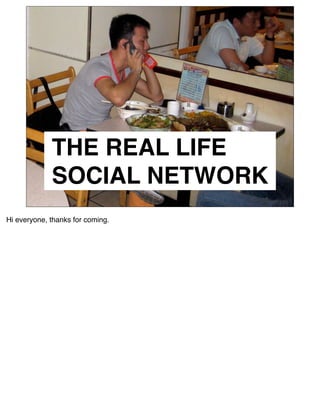
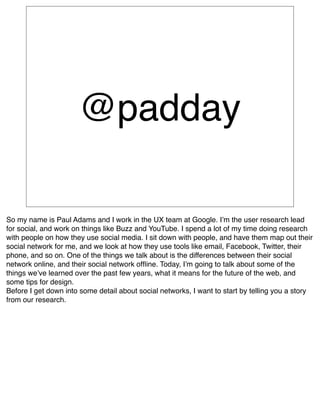
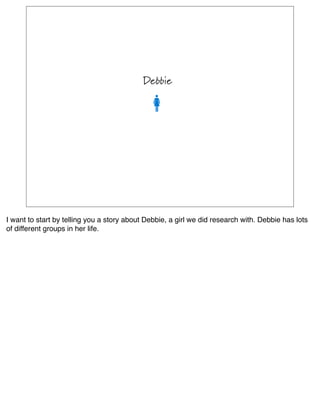
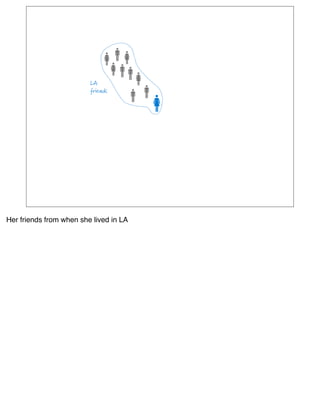
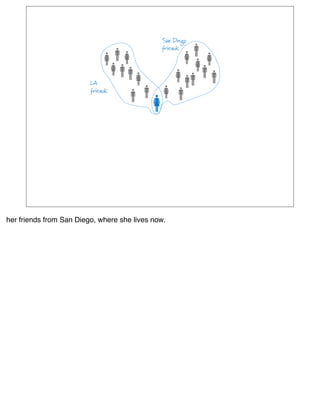
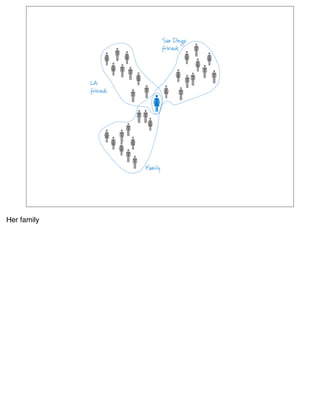
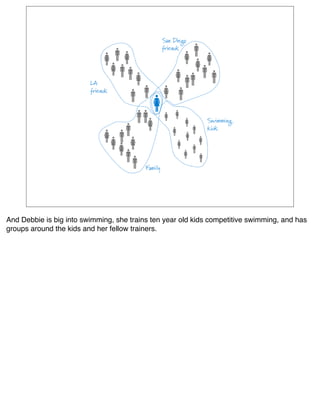
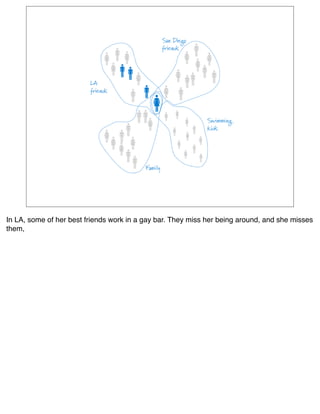
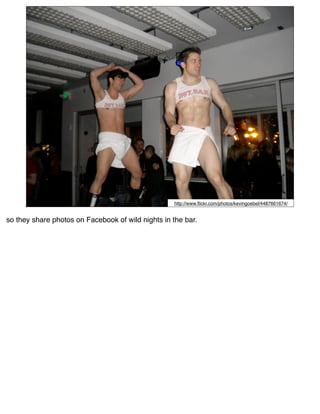
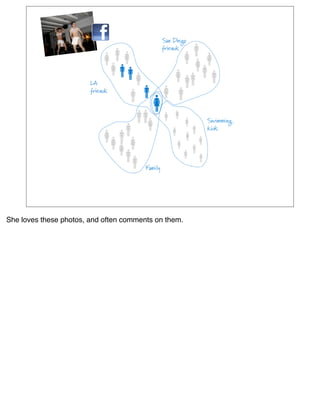
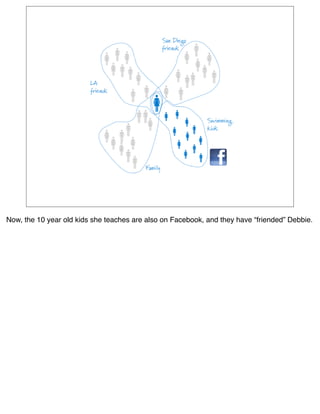
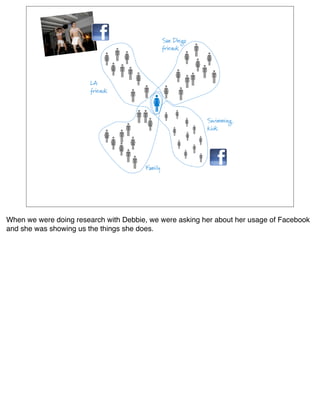
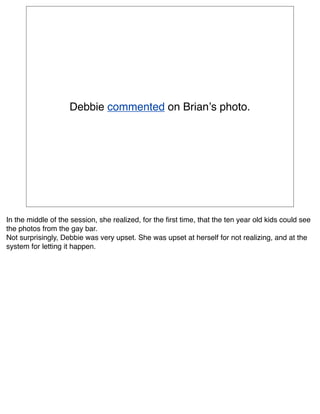
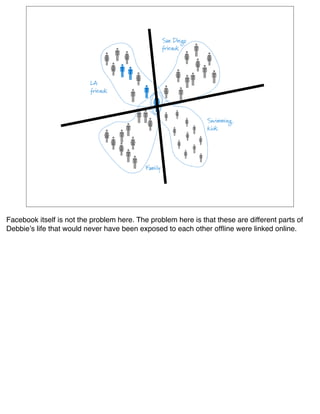
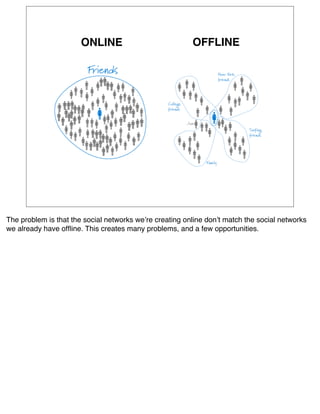
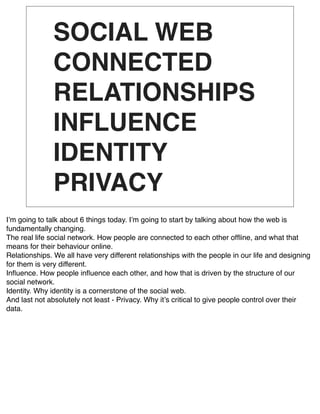
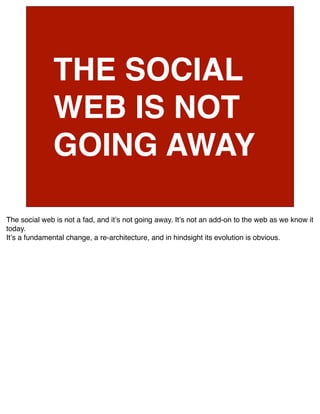
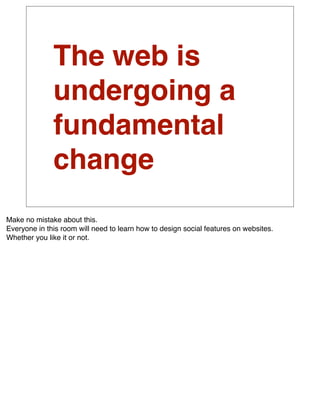
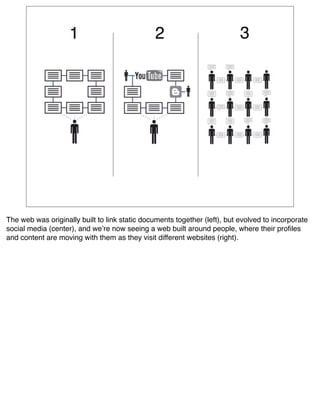
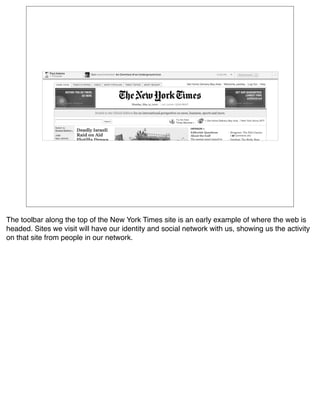

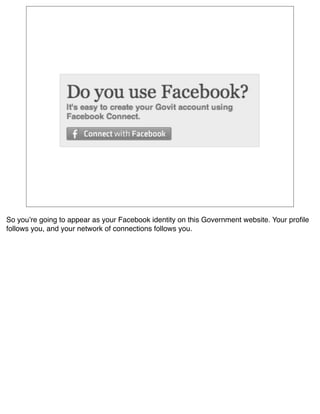
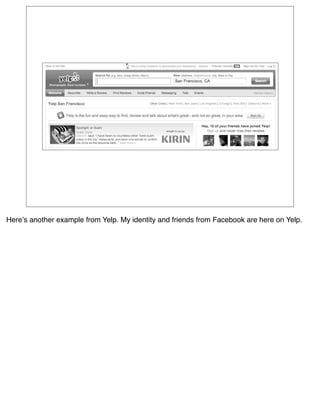
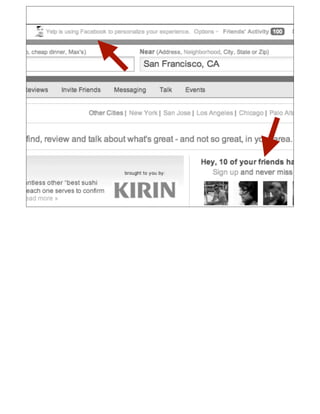
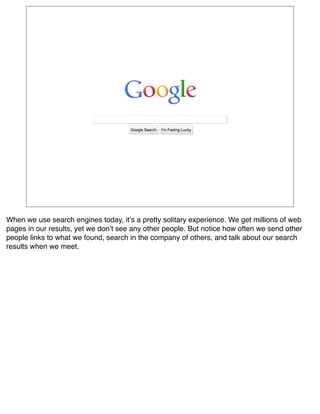
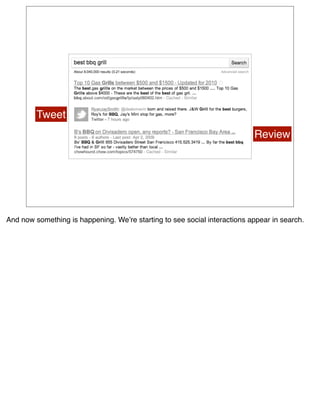
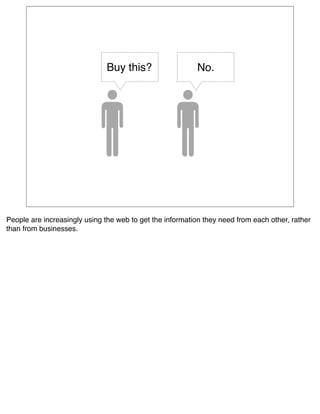
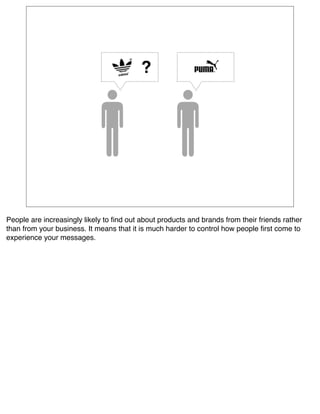
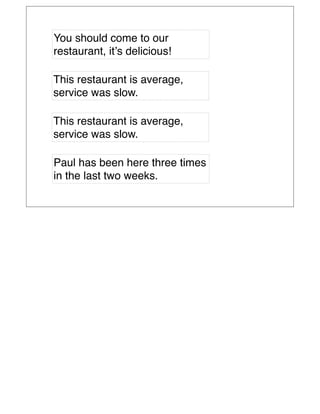
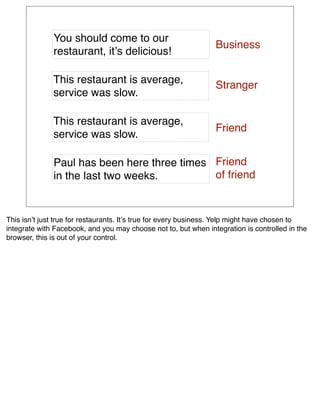
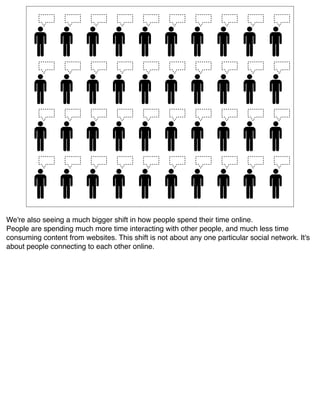
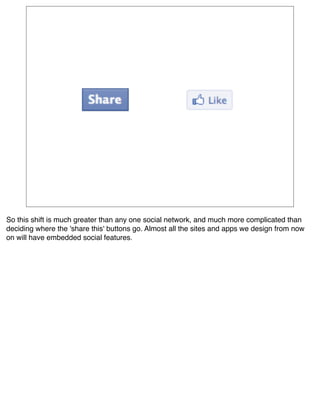
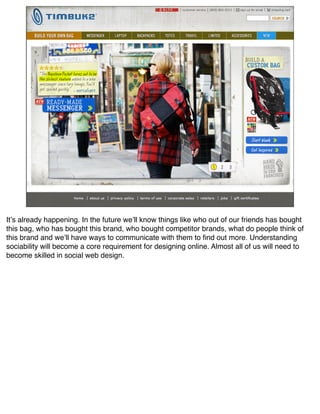
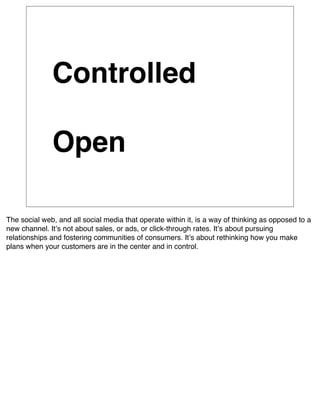
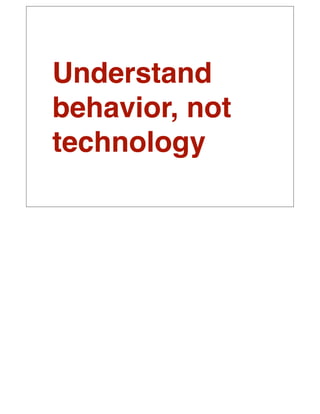
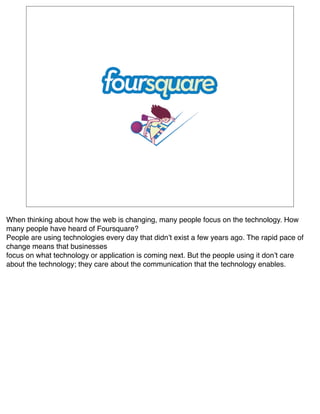
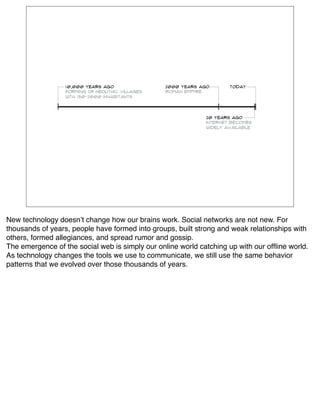
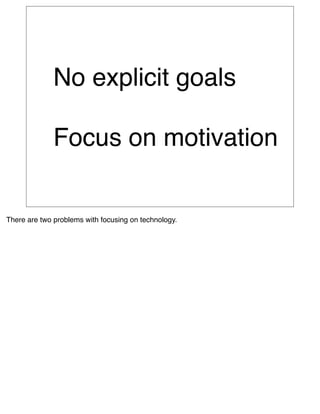
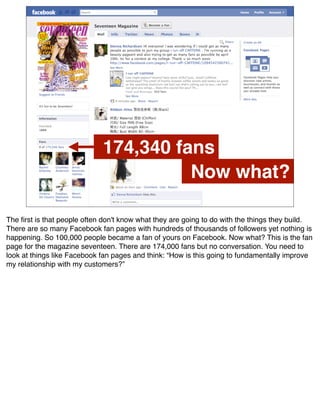
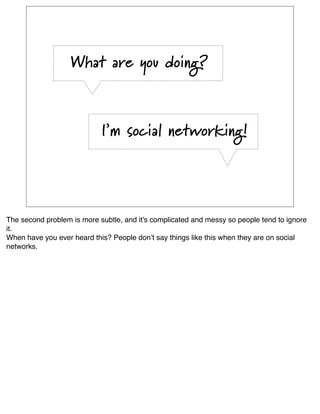
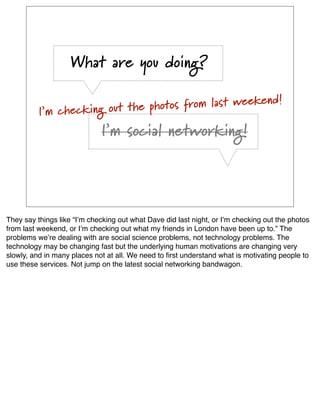
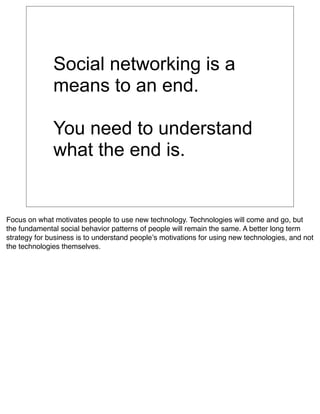
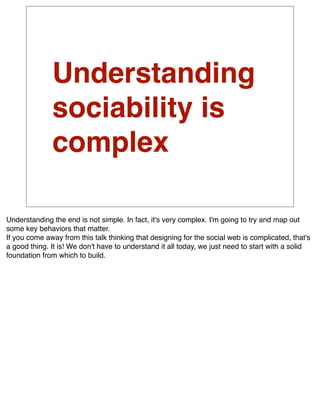
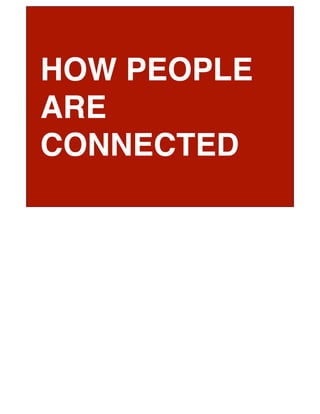
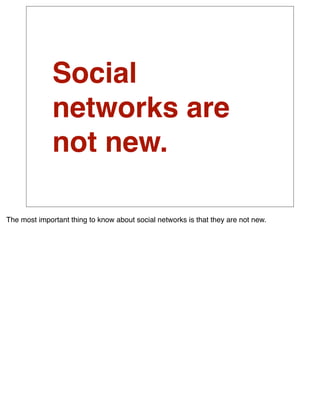
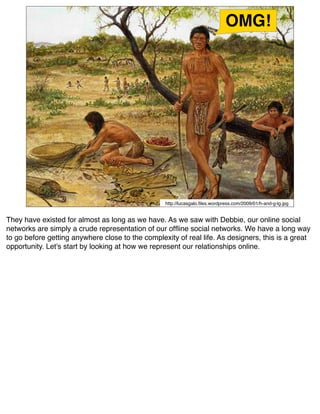
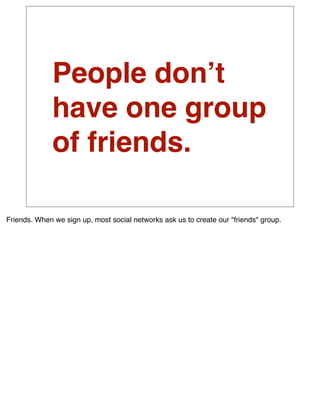
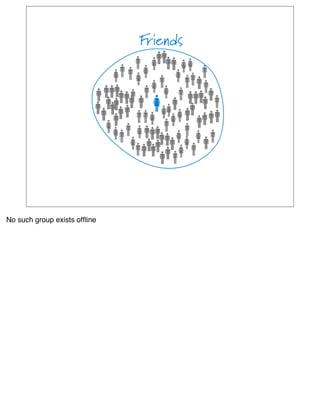
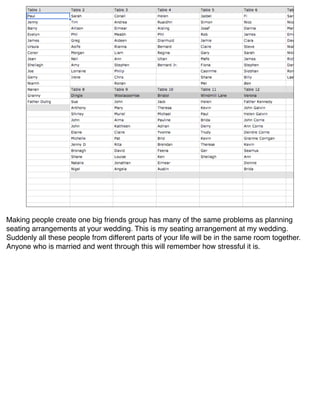
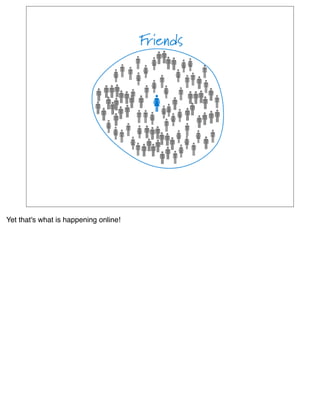
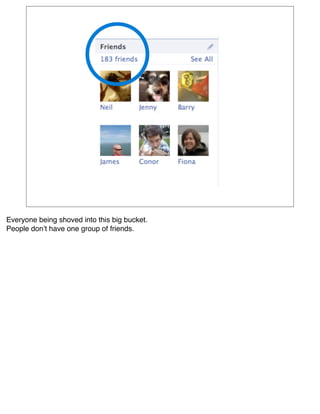
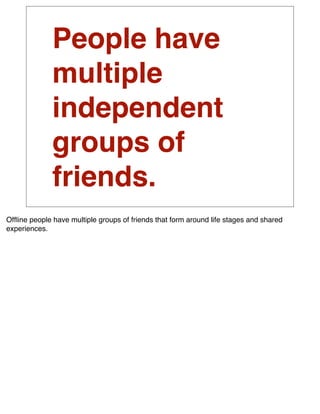
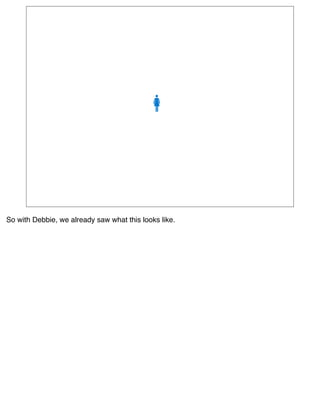
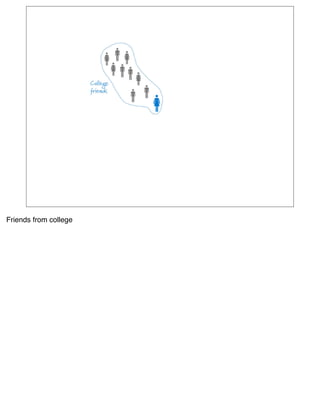

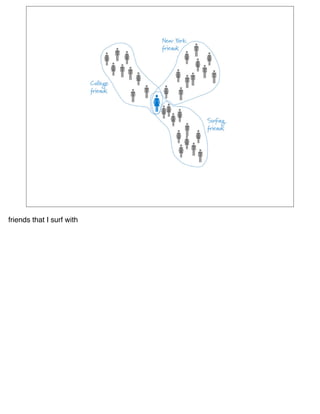
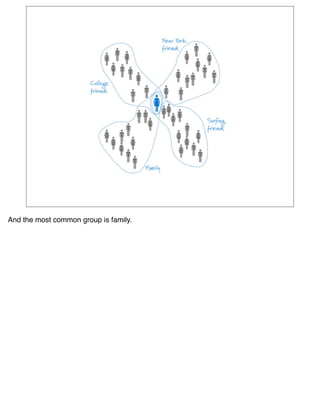
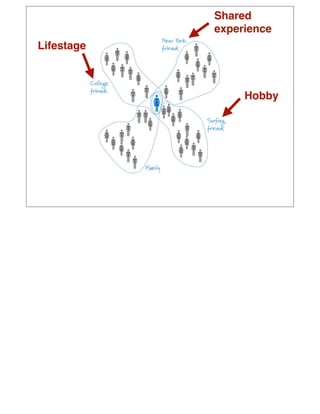
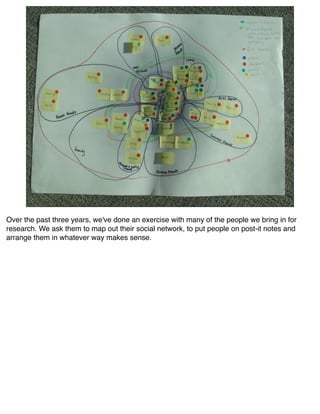
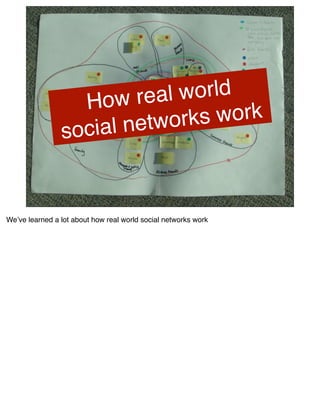
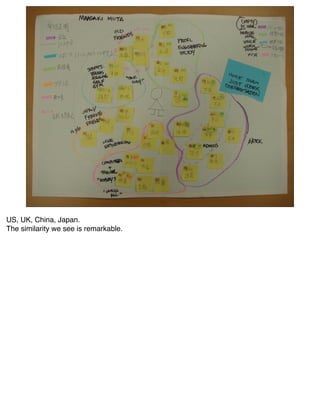
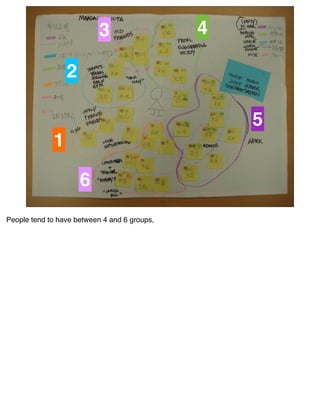
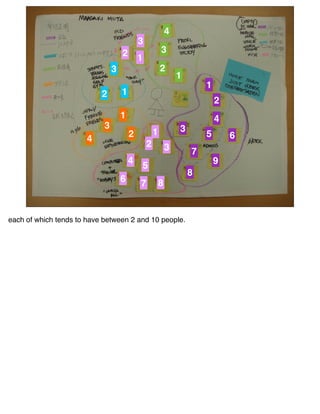
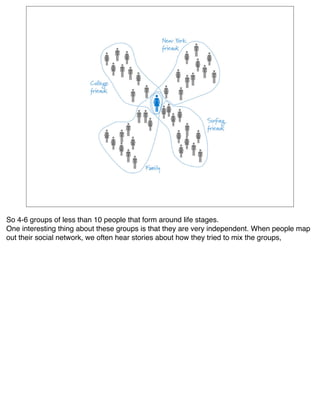



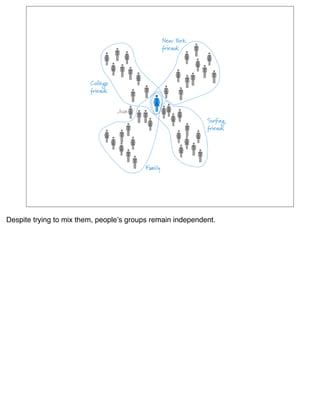
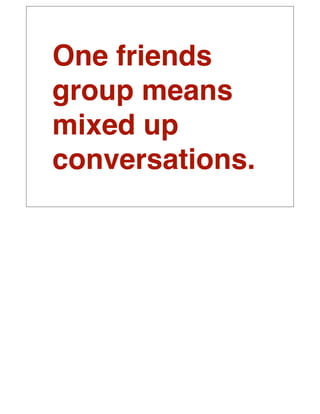
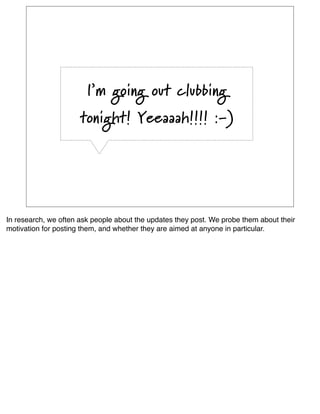
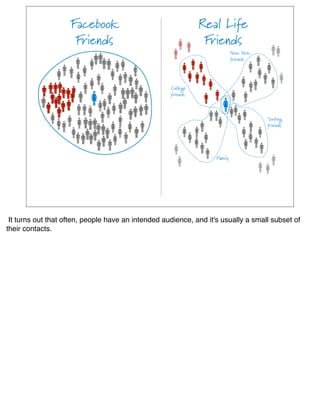
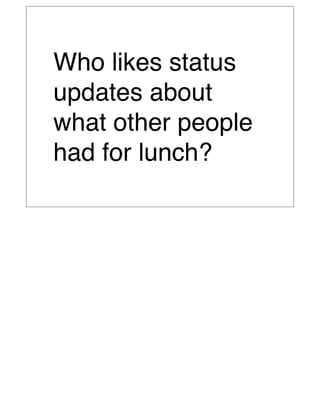
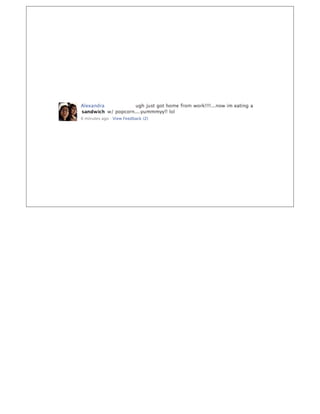
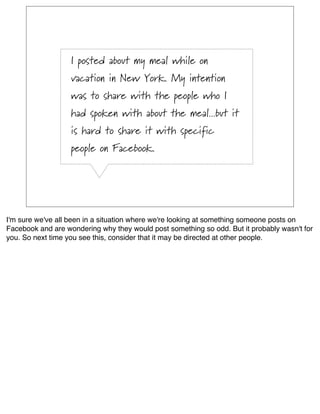

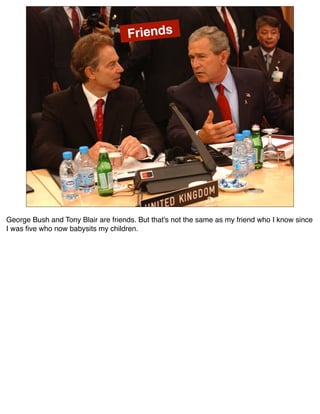
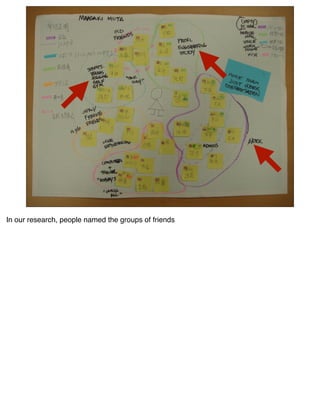
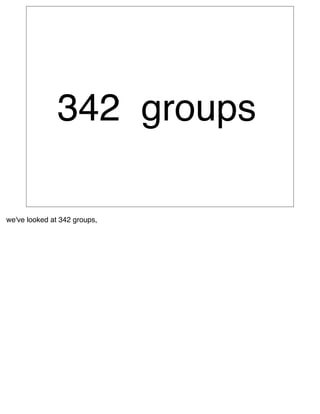
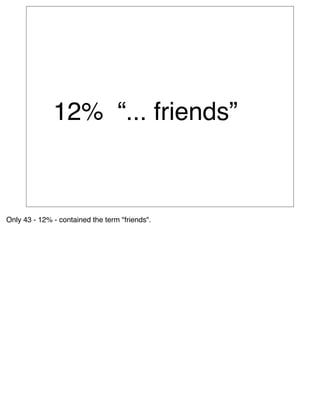
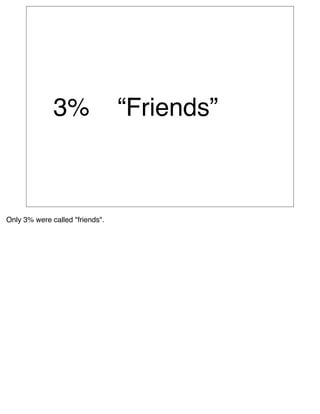
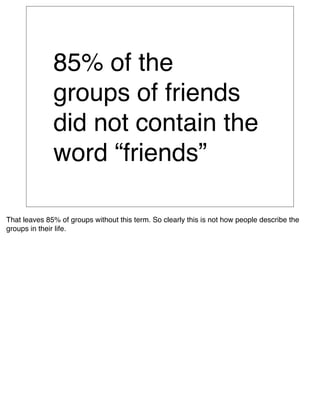
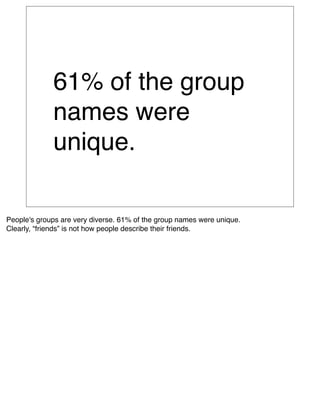

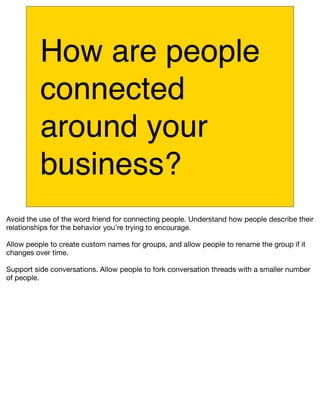
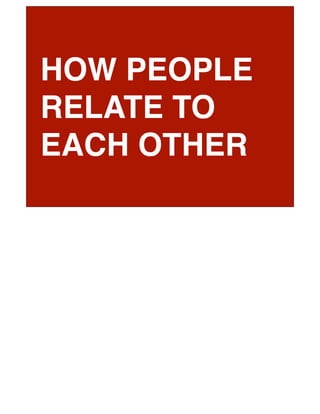
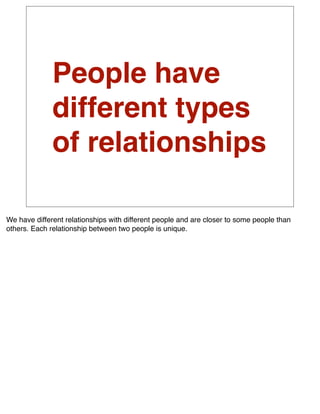
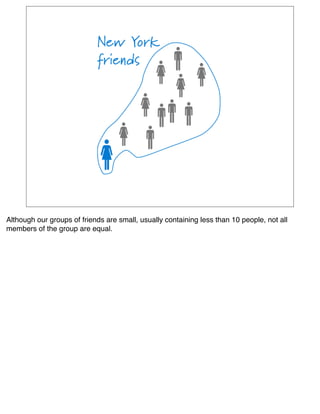
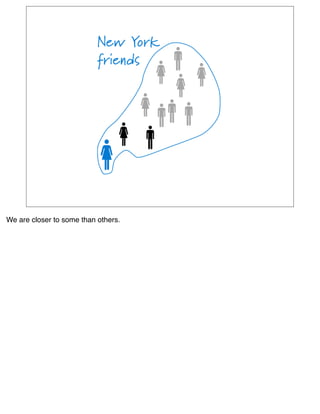
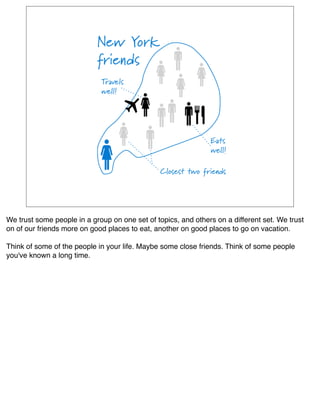

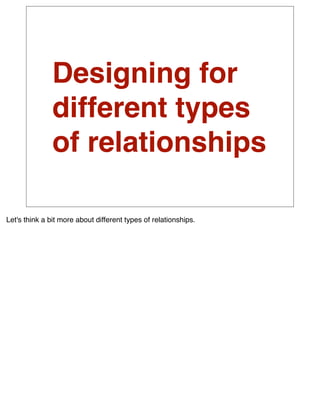
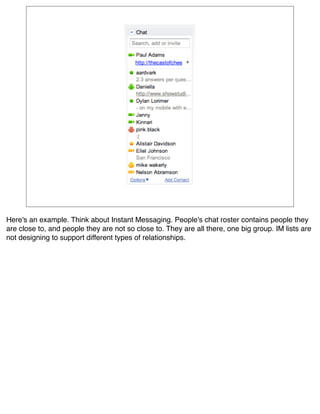
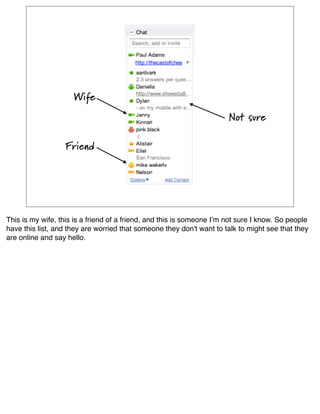

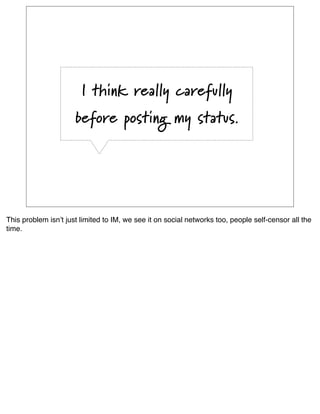
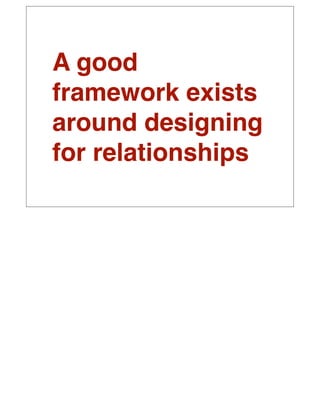
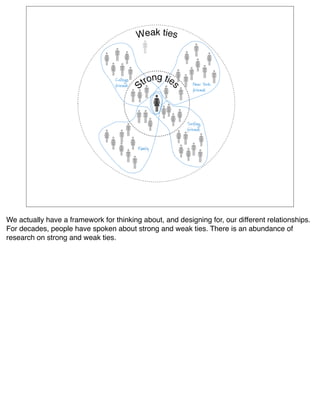
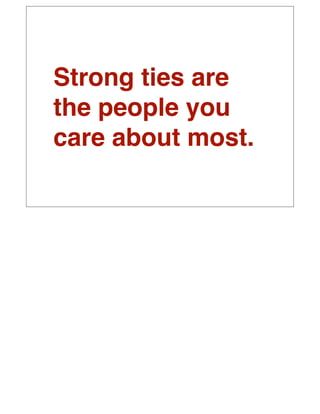
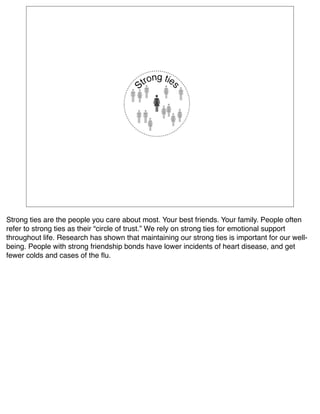

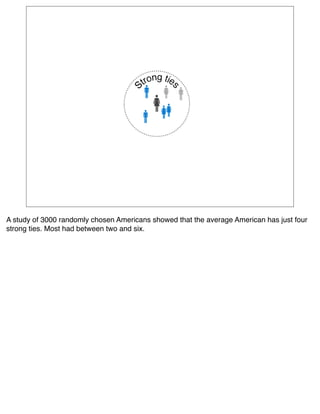
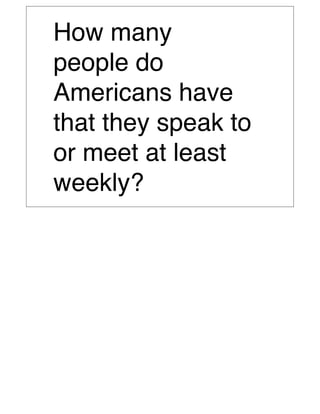
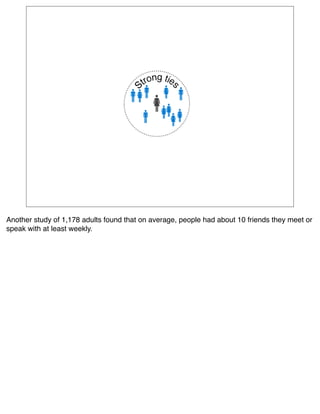
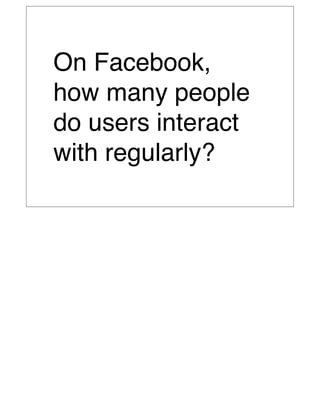
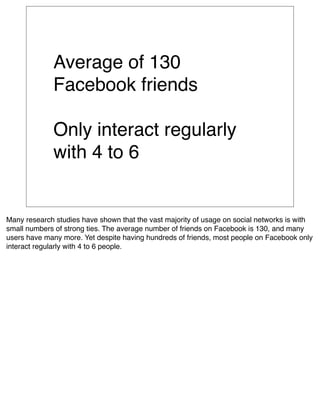
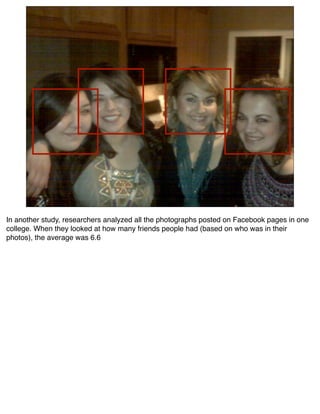
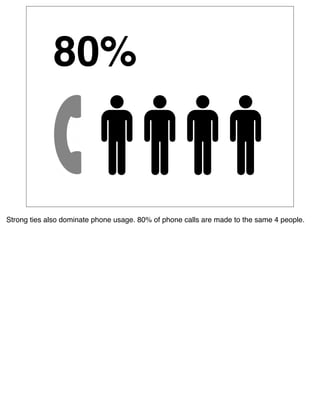
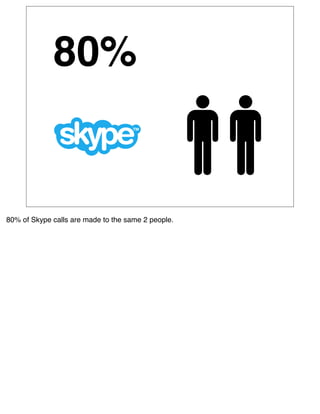
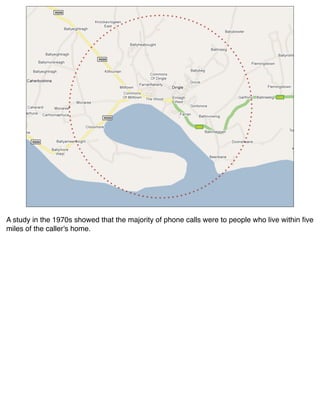
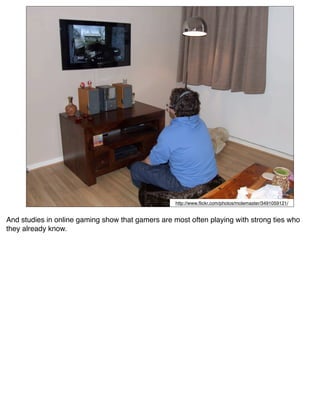
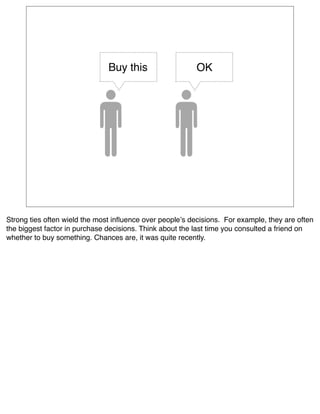
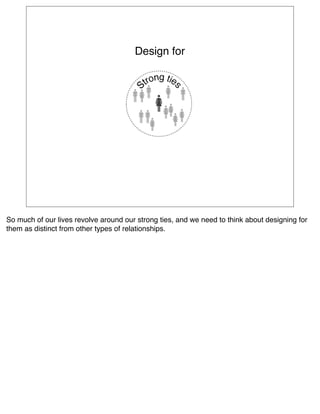
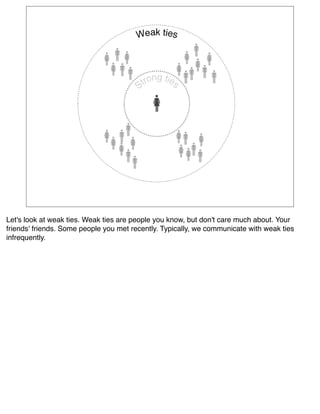
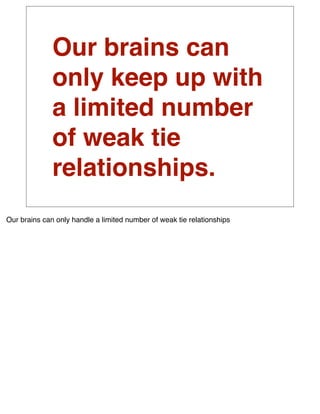
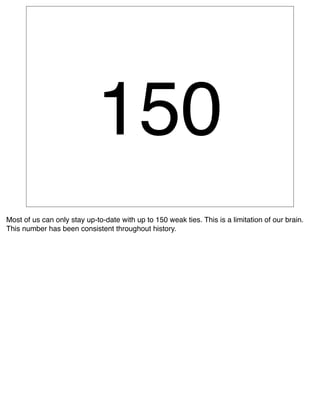
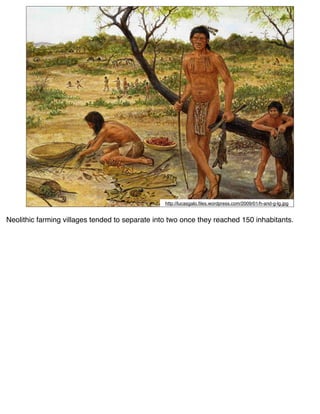

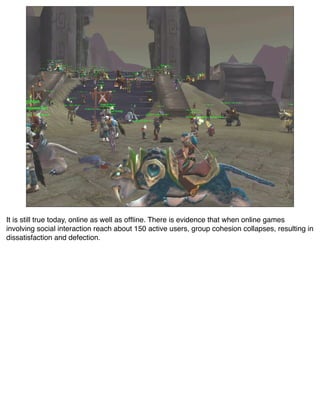
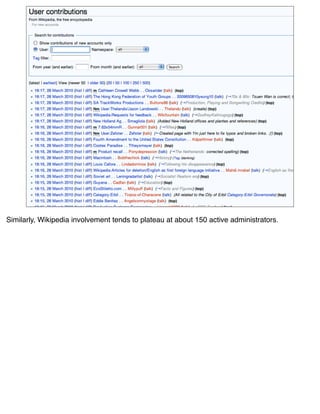

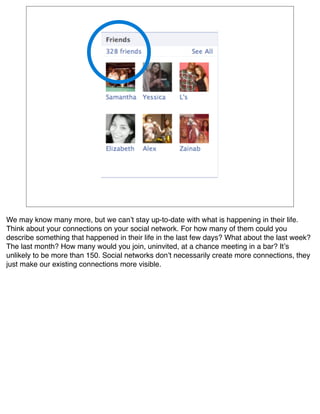
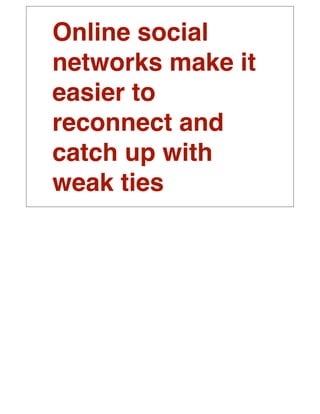
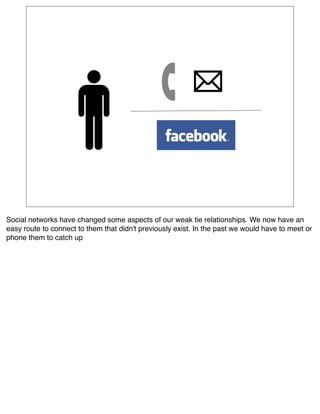
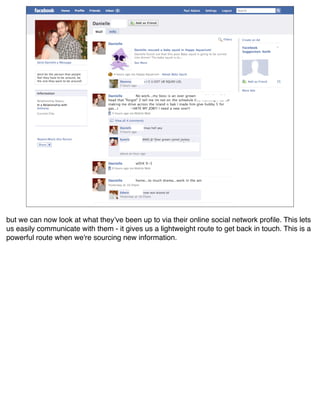
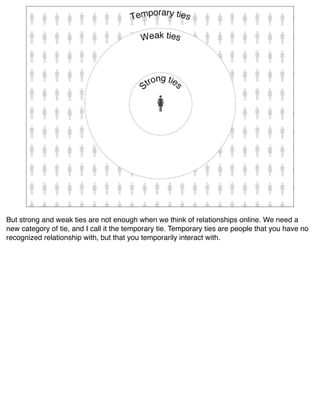
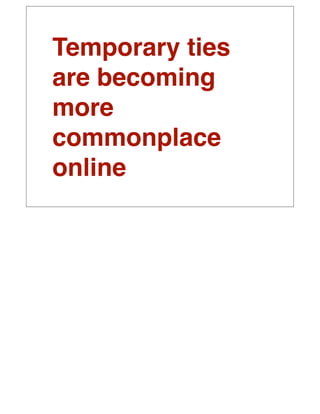
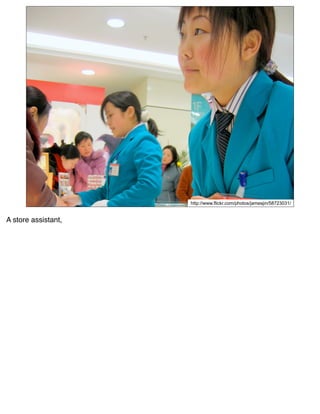
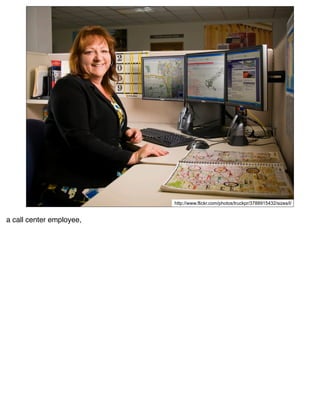
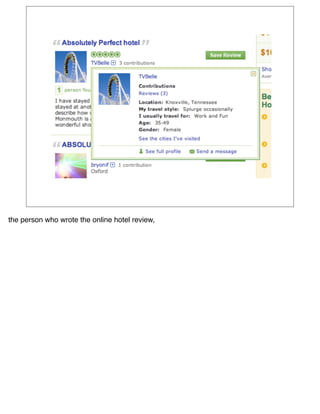
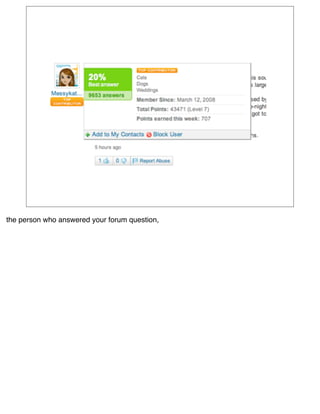
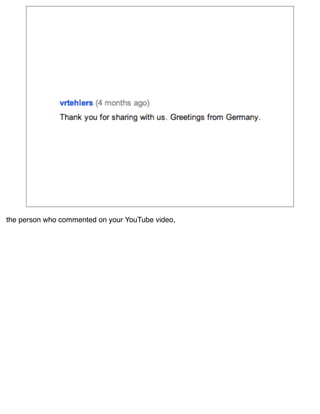
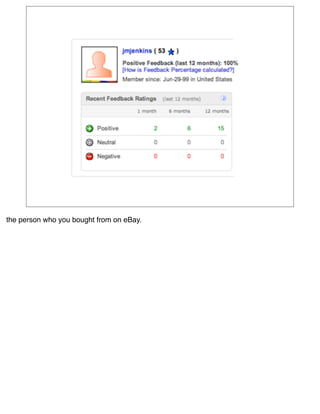
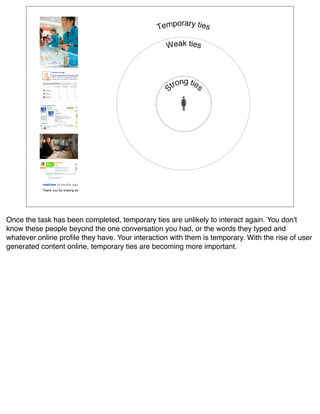
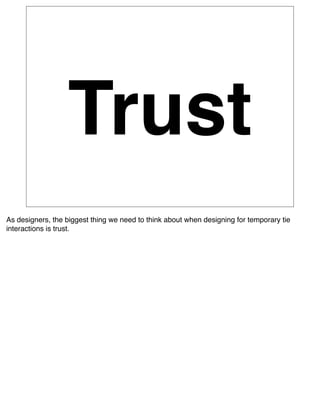


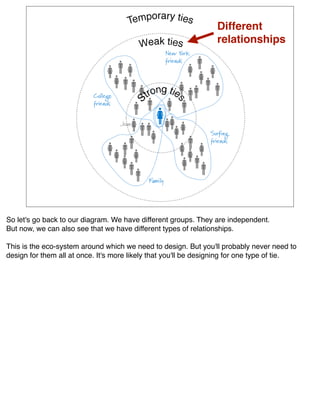
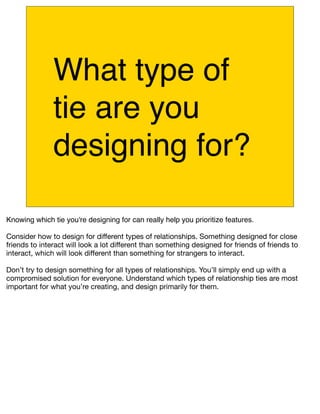
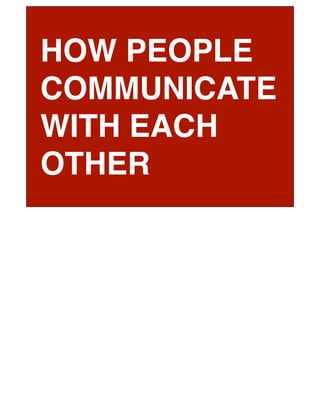
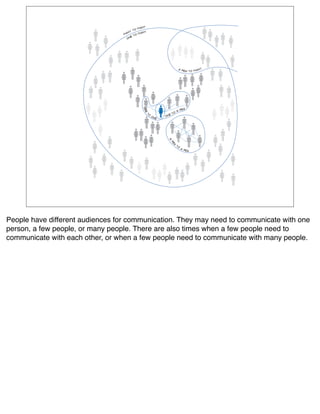
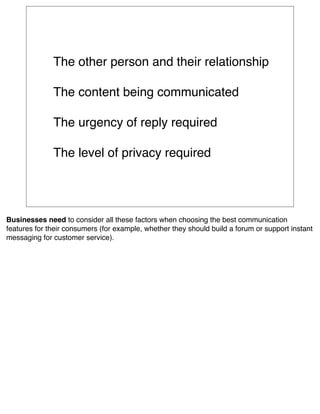
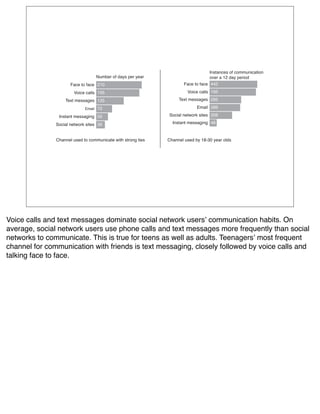
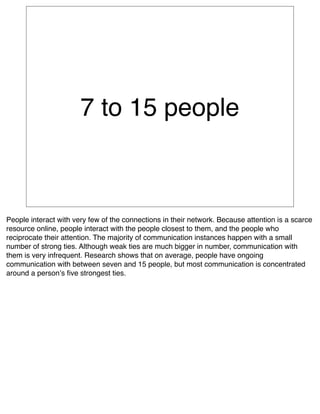
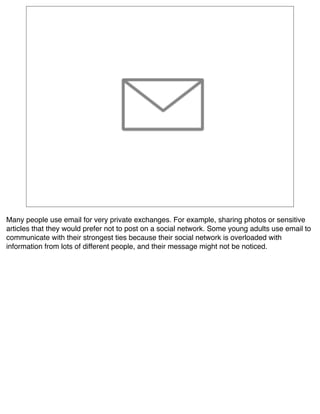
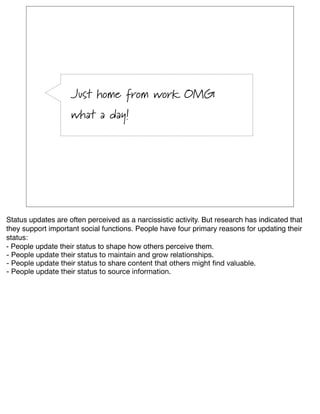
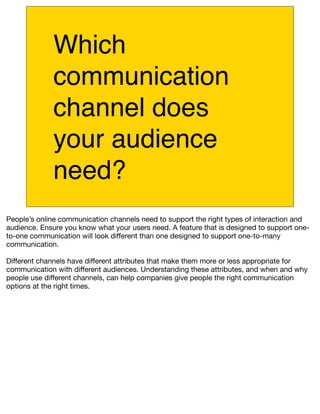
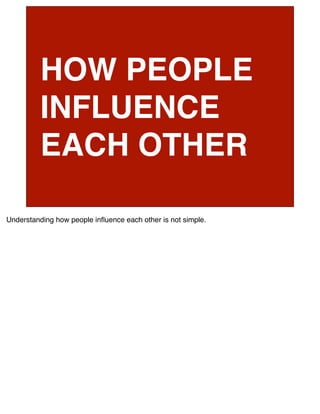
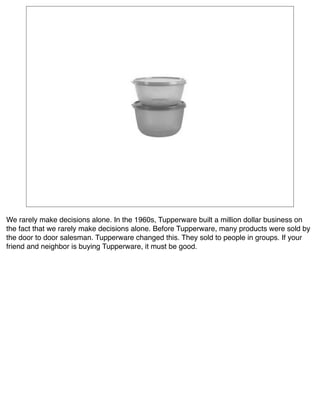
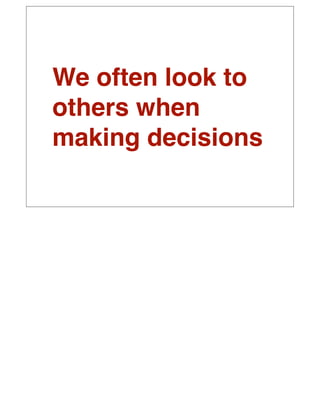

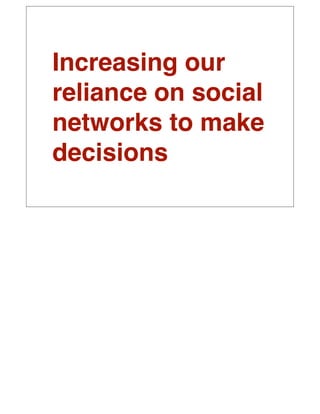
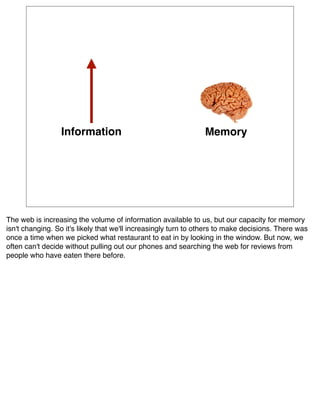

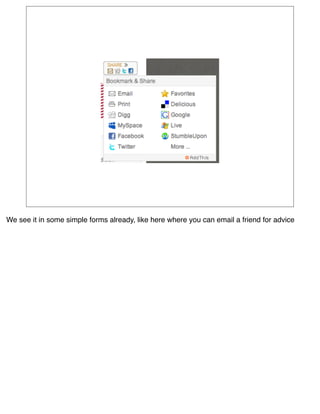
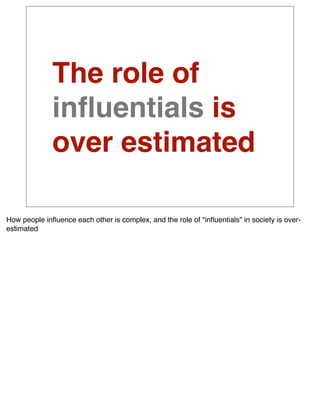

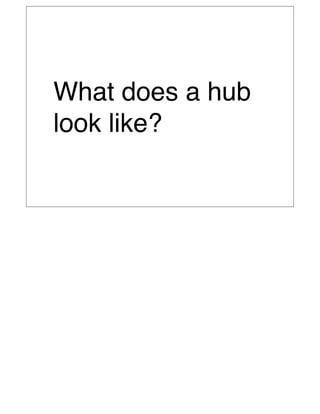
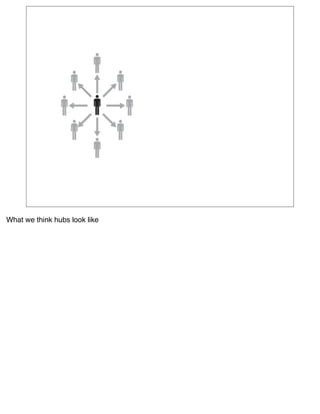
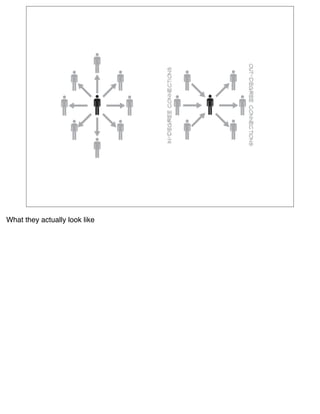
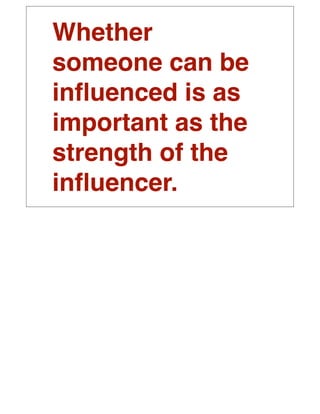
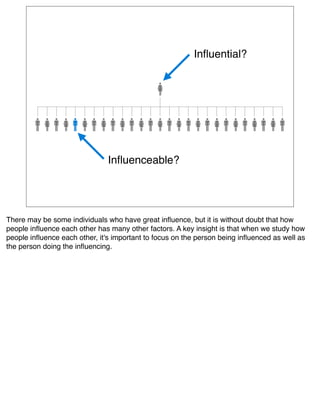
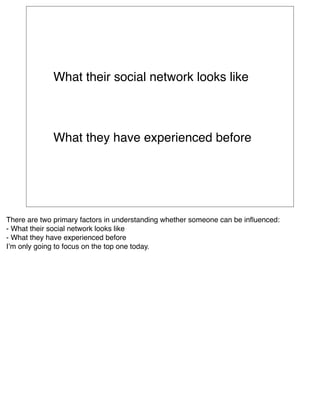
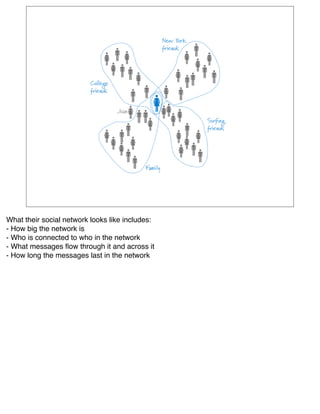
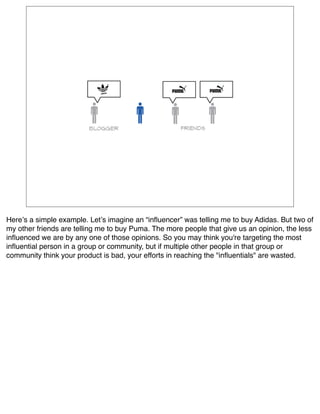
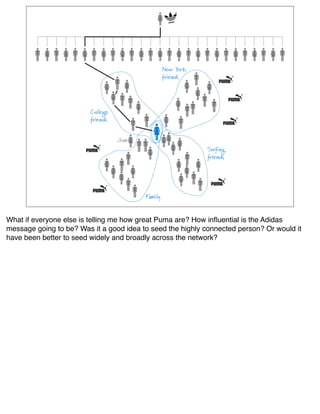
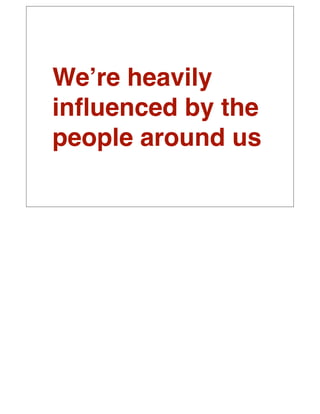
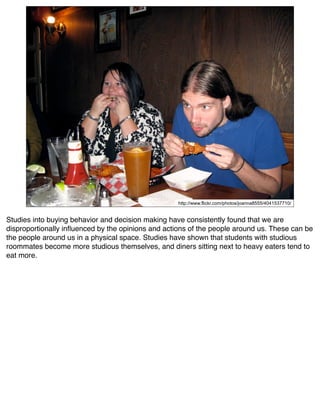
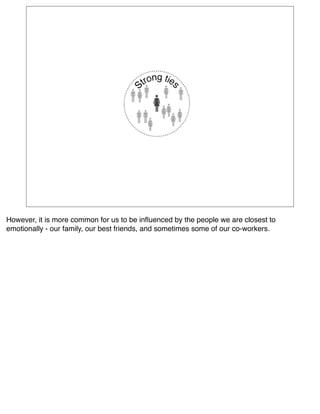
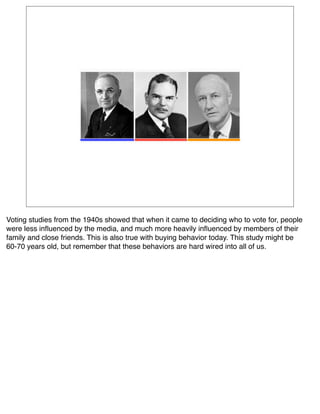
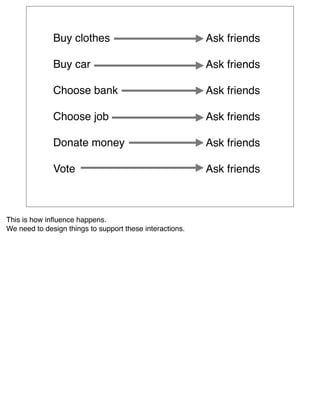

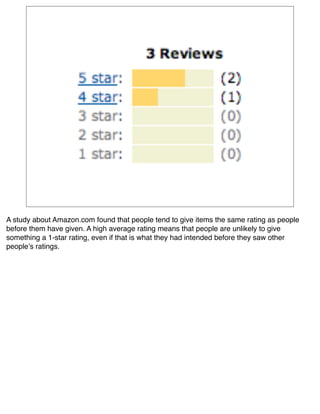
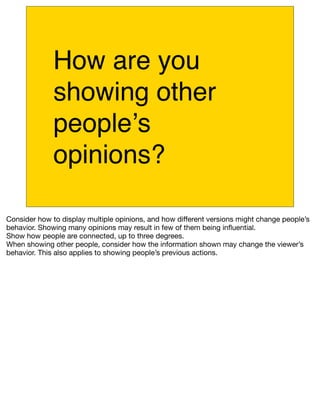
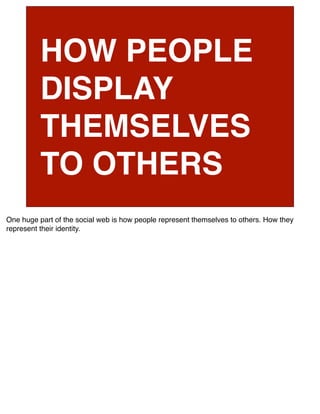

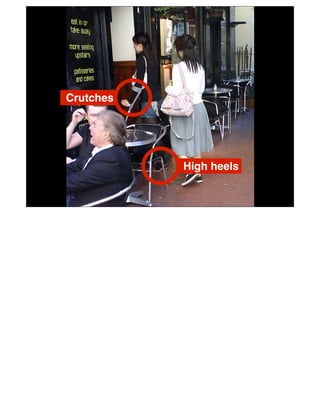
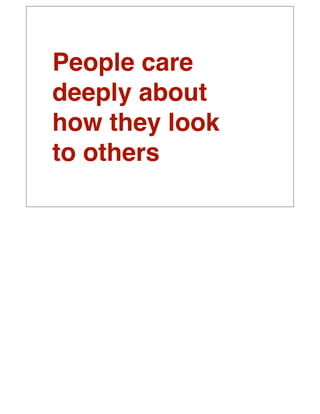
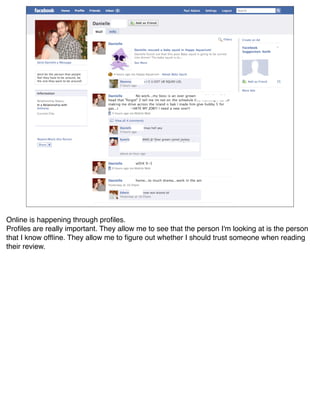
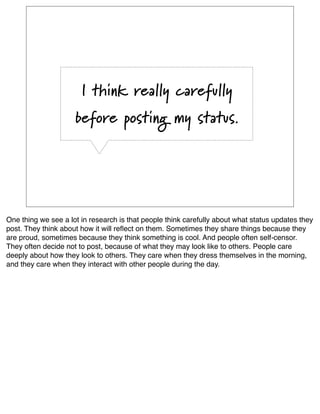
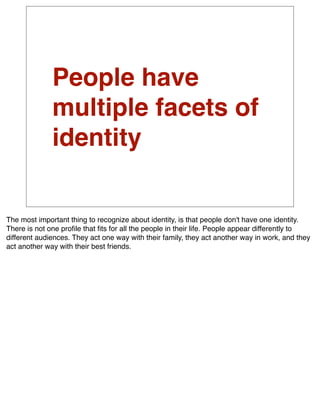
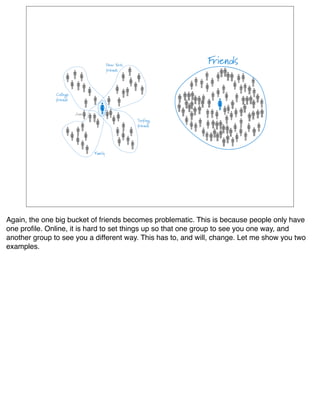
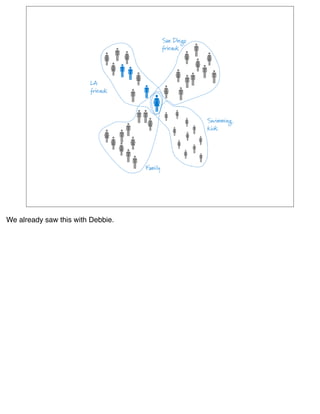
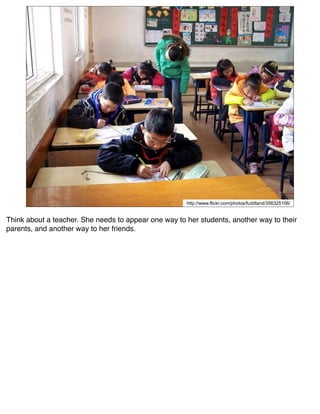
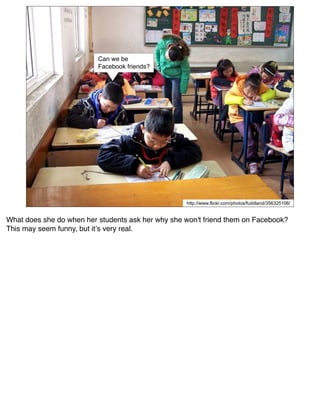
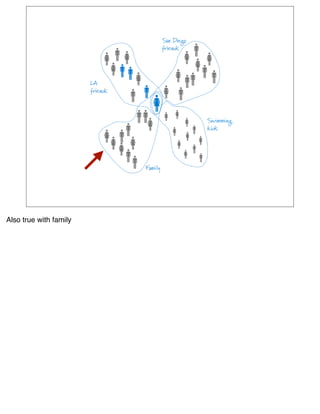
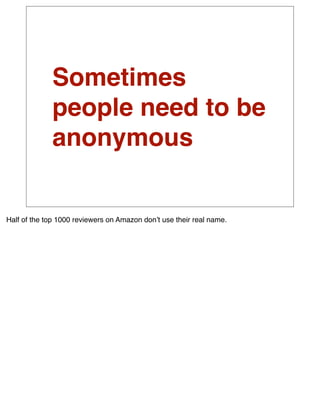

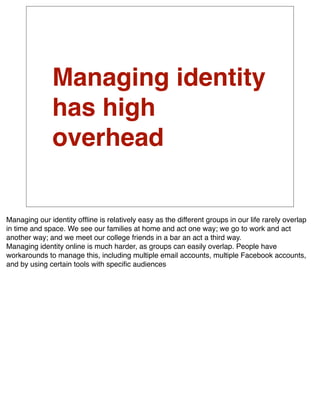
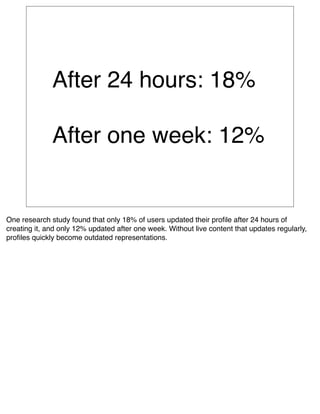
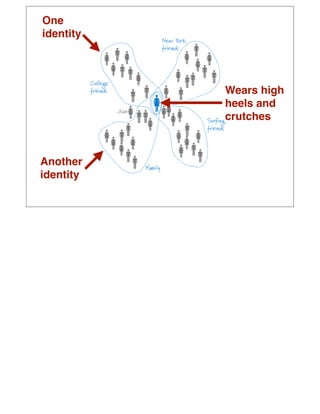
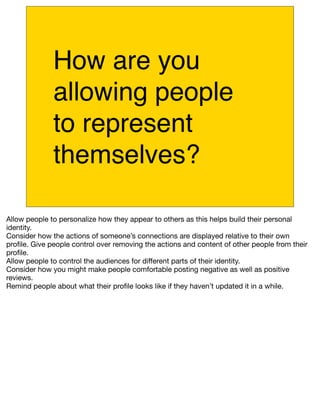
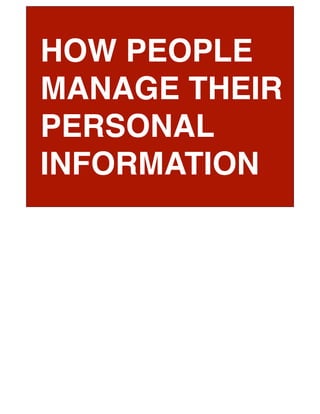
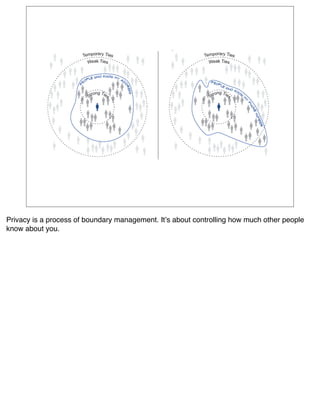
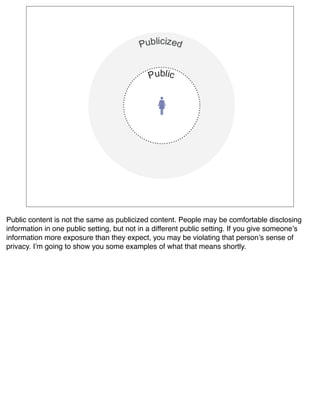
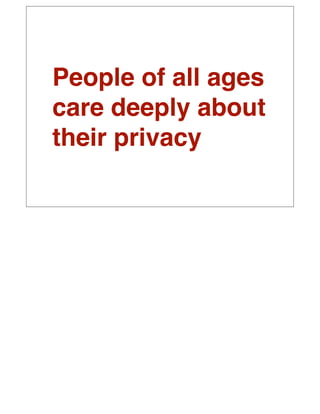
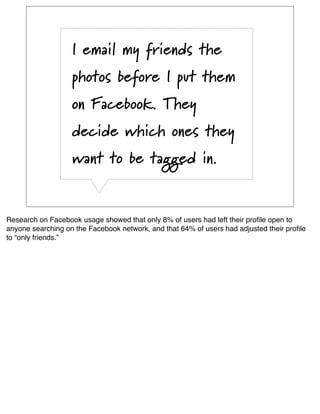

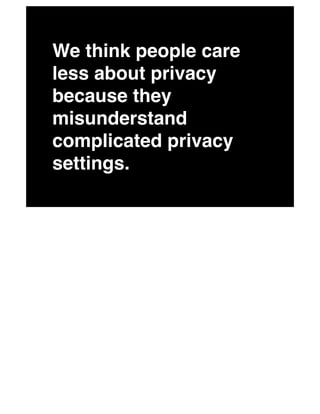
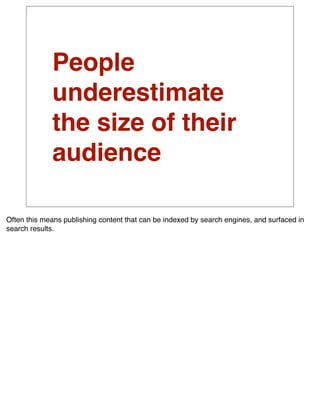

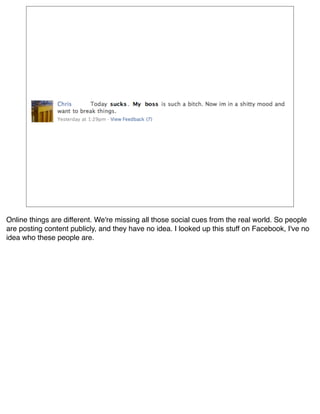
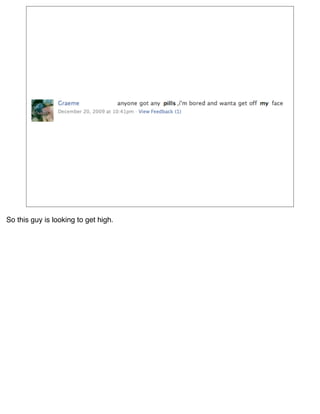
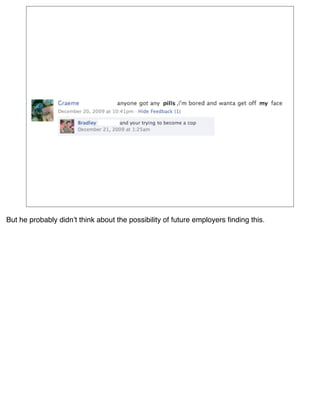

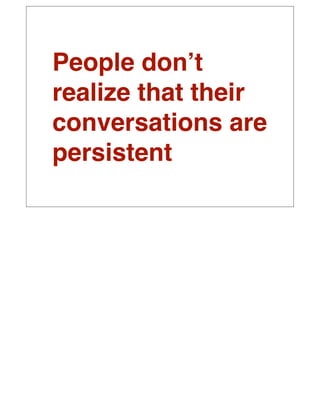
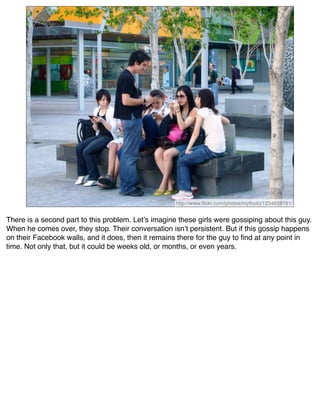
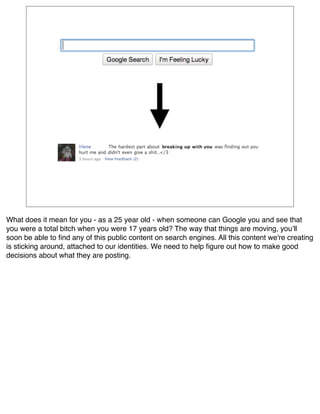
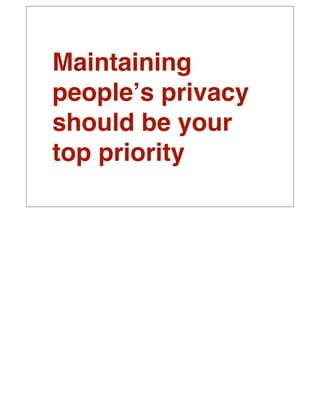
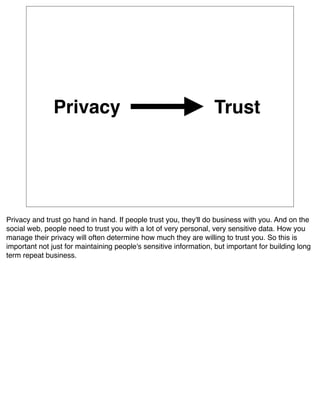
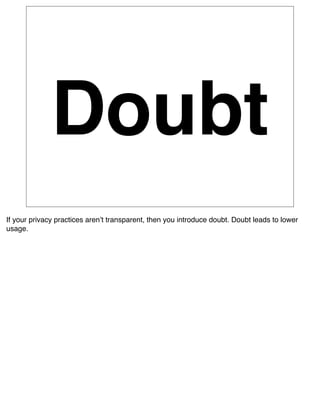

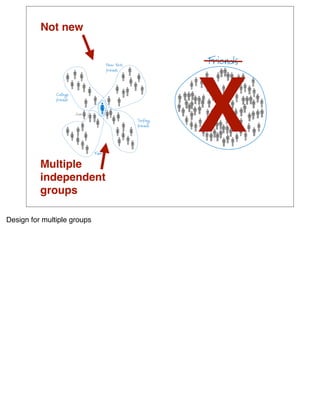
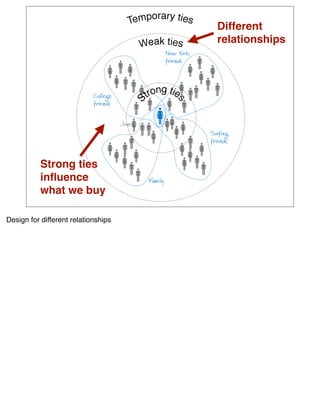
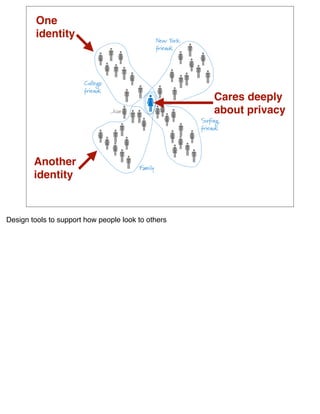
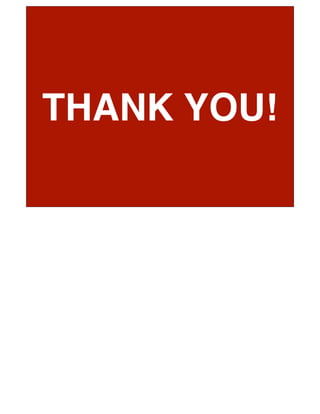
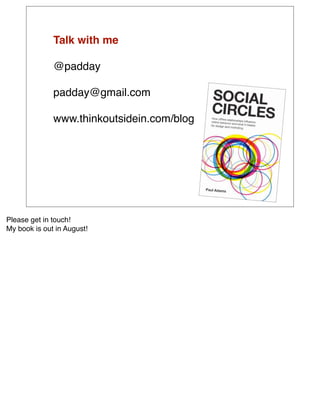
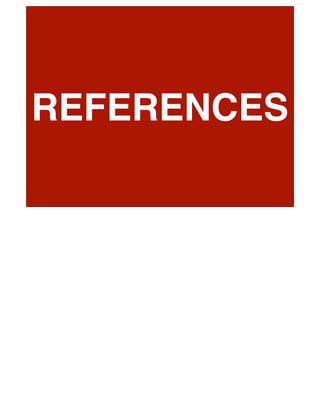
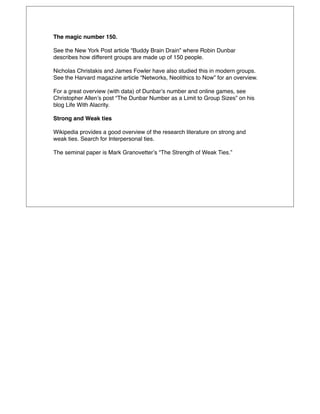
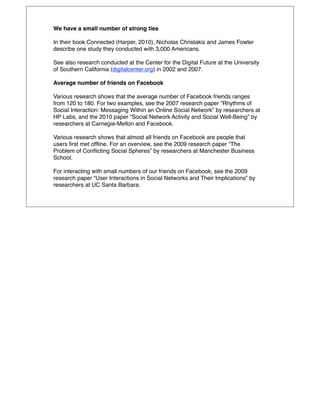
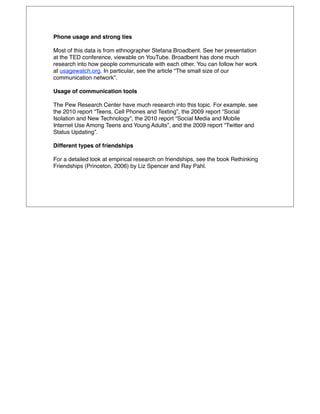
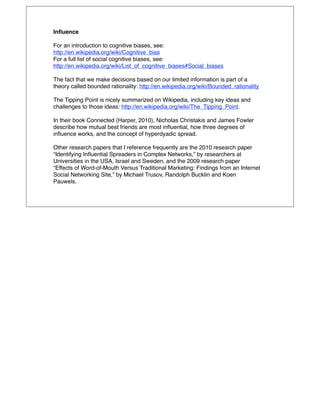
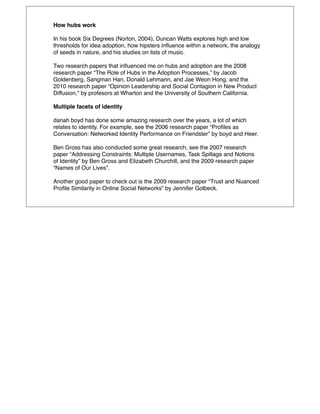
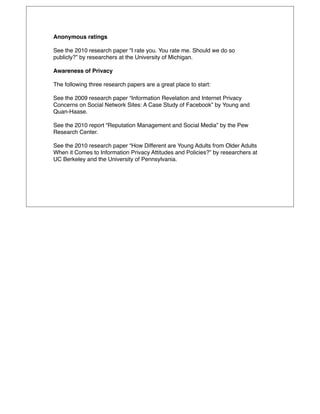
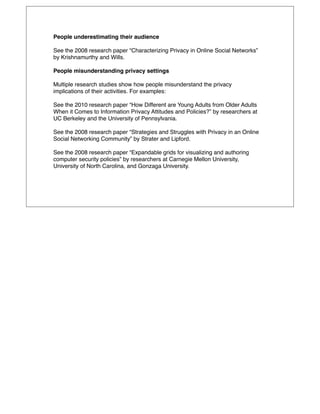









































































![Expert Systems: Definition, Functioning, and Development Approach - [Part: 2]](https://cdn.slidesharecdn.com/ss_thumbnails/ai-part-4compressed-250325210427-f643e6f6-thumbnail.jpg?width=560&fit=bounds)
